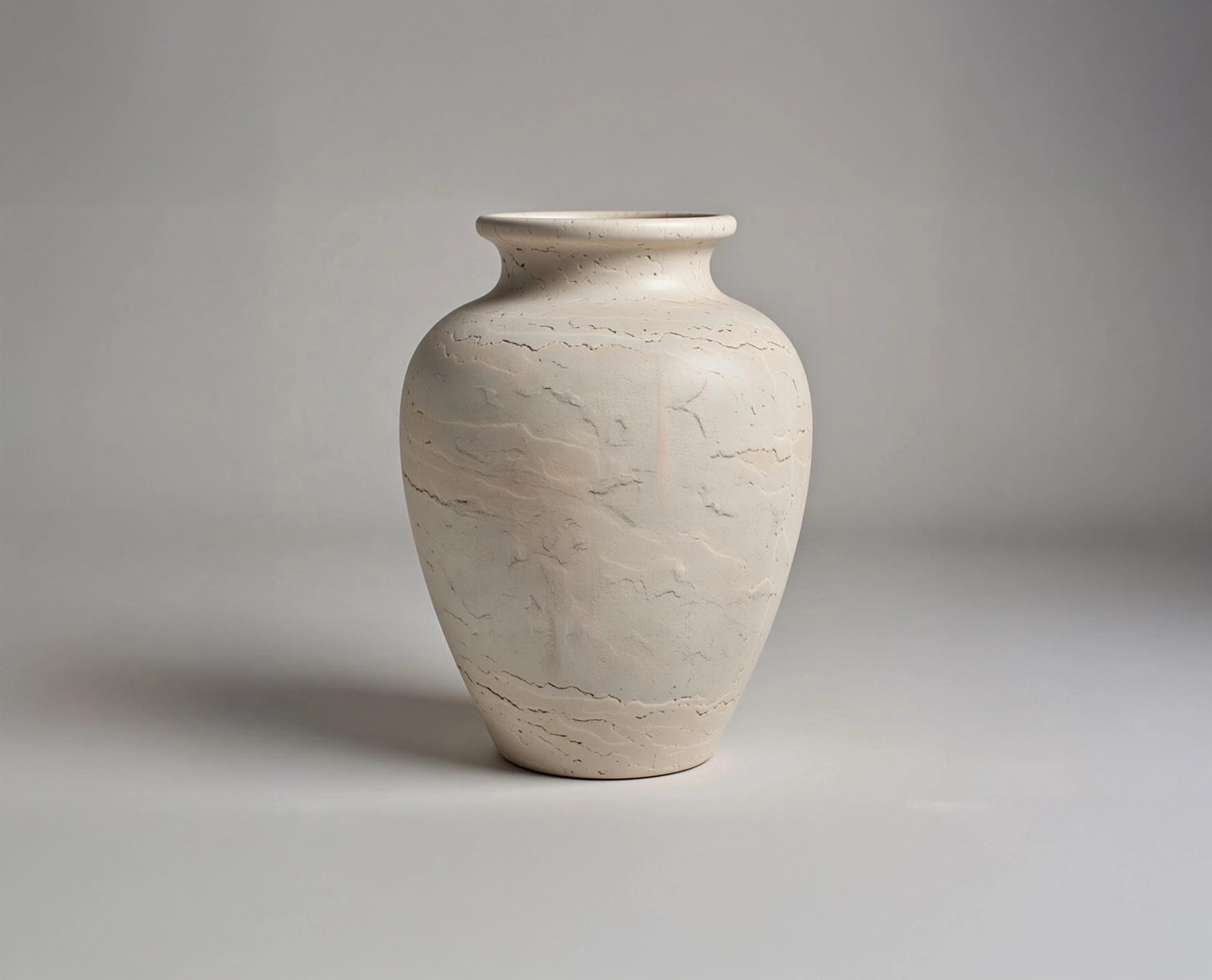
Creative Ideas for Using Sandstone Vases in Decoration
Sandstones are one of the first and most basic elements found on the surface of our planet. They’re not only beautiful in their natural states and hues, but

Sandstones are one of the first and most basic elements found on the surface of our planet. They’re not only beautiful in their natural states and hues, but

The British have never loved the great outdoors more. Now, as homeowners and landscape designers look for products that combine aesthetic appeal with high performance,
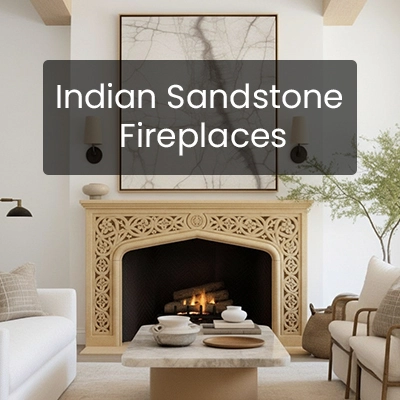
In the realm of interior space decoration, some elements like a sandstone fireplace infuse style, sophistication, warmth, and unmatched appeal. When it comes to interior
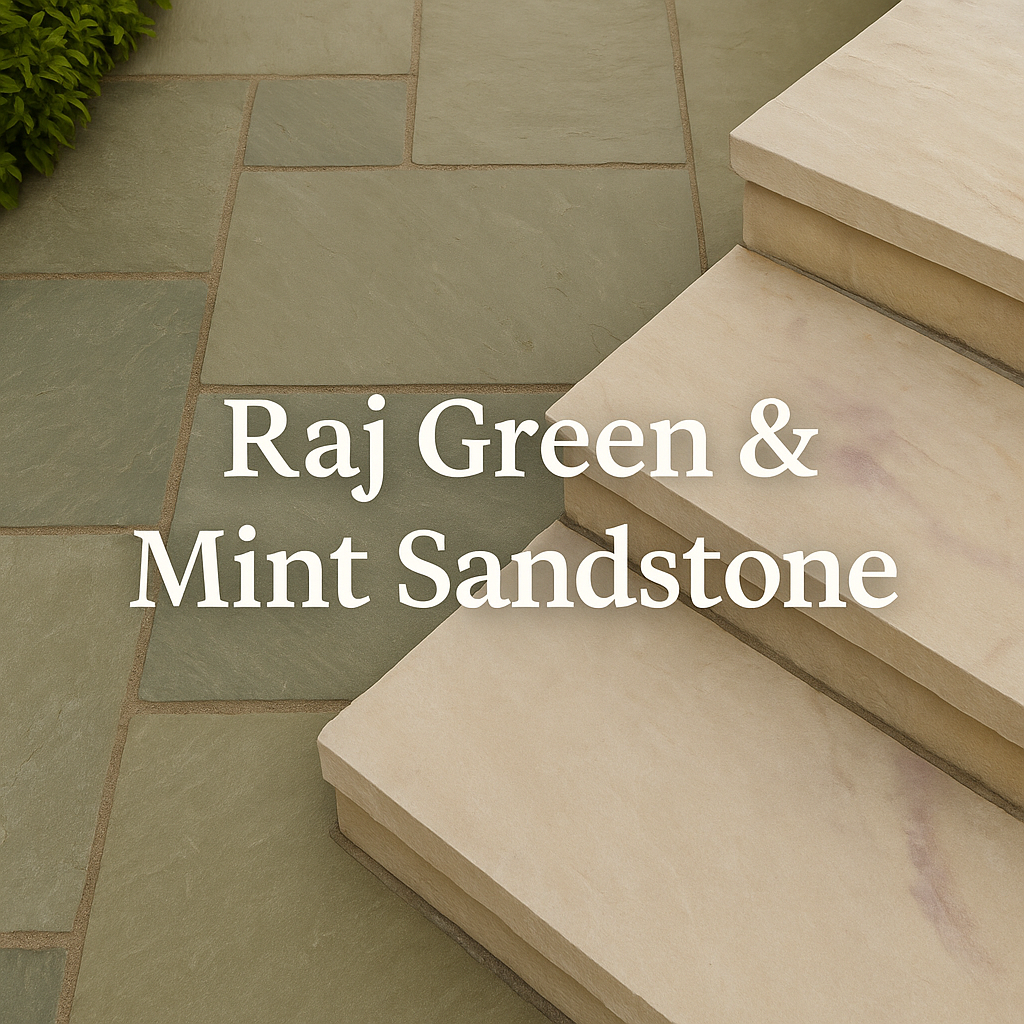
Natural stone is known to play a crucial role when it comes to imparting character, texture and durable quality to modern UK landscapes. Among imported
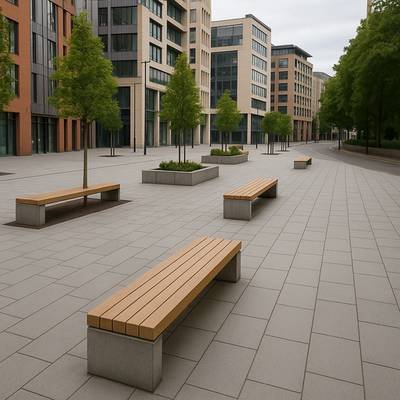
In the dynamic world of architectural landscaping, hardscaping has become more than just a functional element of a backyard or garden. It has evolved to

Natural sandstone paving is considered the best choice when it comes to sprucing up the exteriors of architecture. Being a sedimentary rock, Sandstone is an

Whether you are importing natural stones like granite, marble, or anything else, importing products to any country comes with its own set of challenges. Since

Pools are considered the mainstay of outdoor living areas that provide both beautiful aesthetics and the most sought-after respite from the heat. Natural products, especially

A fireplace is a commonly used structure in houses built in colder climates. In most cases, a fireplace is made up of brick, stone, metal,

When it comes to improving the aesthetic appeal and durability of your home’s façade, few materials can compete with natural stone’s timeless elegance and lasting
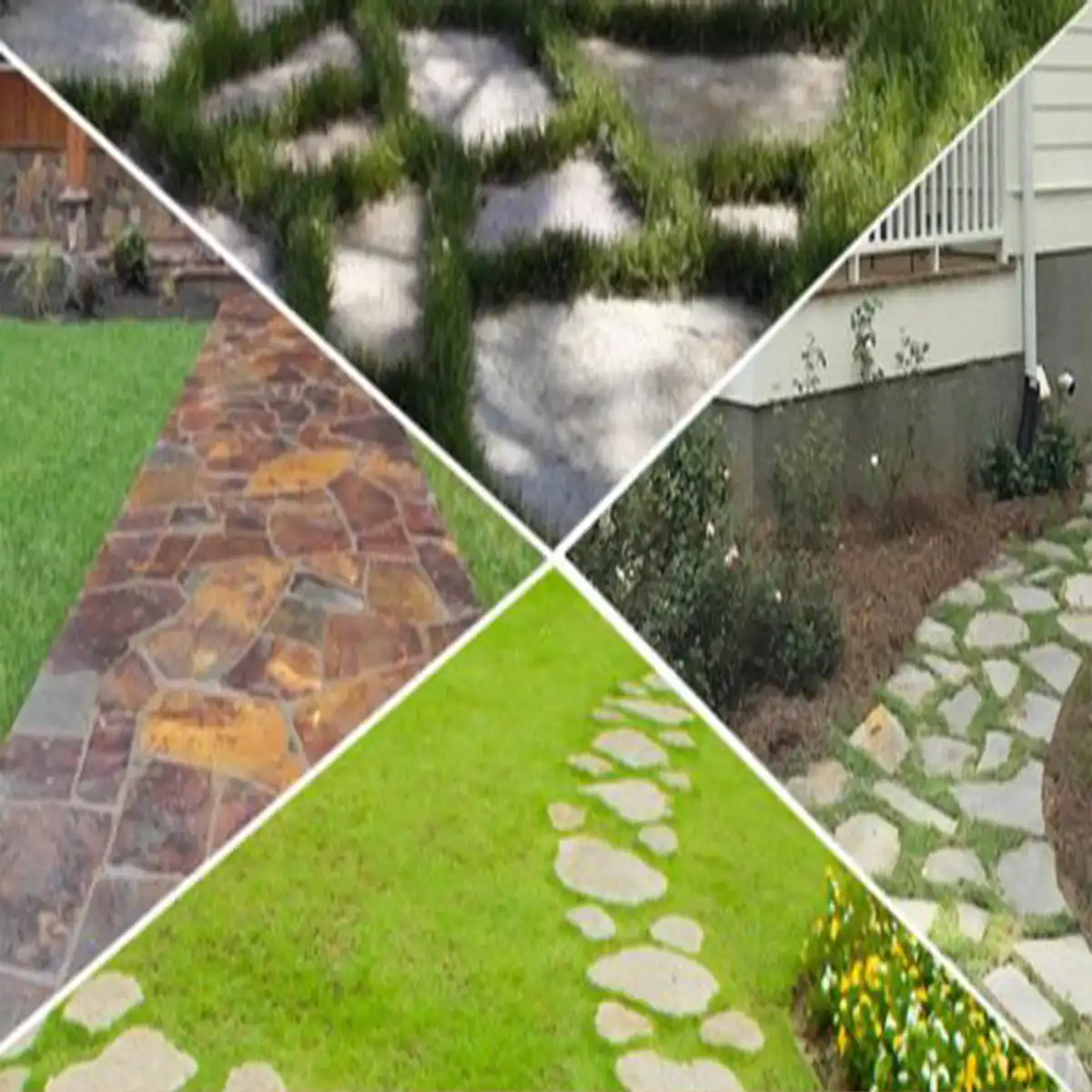
When choosing between concrete and natural stone pavers, the function should take precedence over style. A well-chosen hardscape not only has a pleasing appearance and
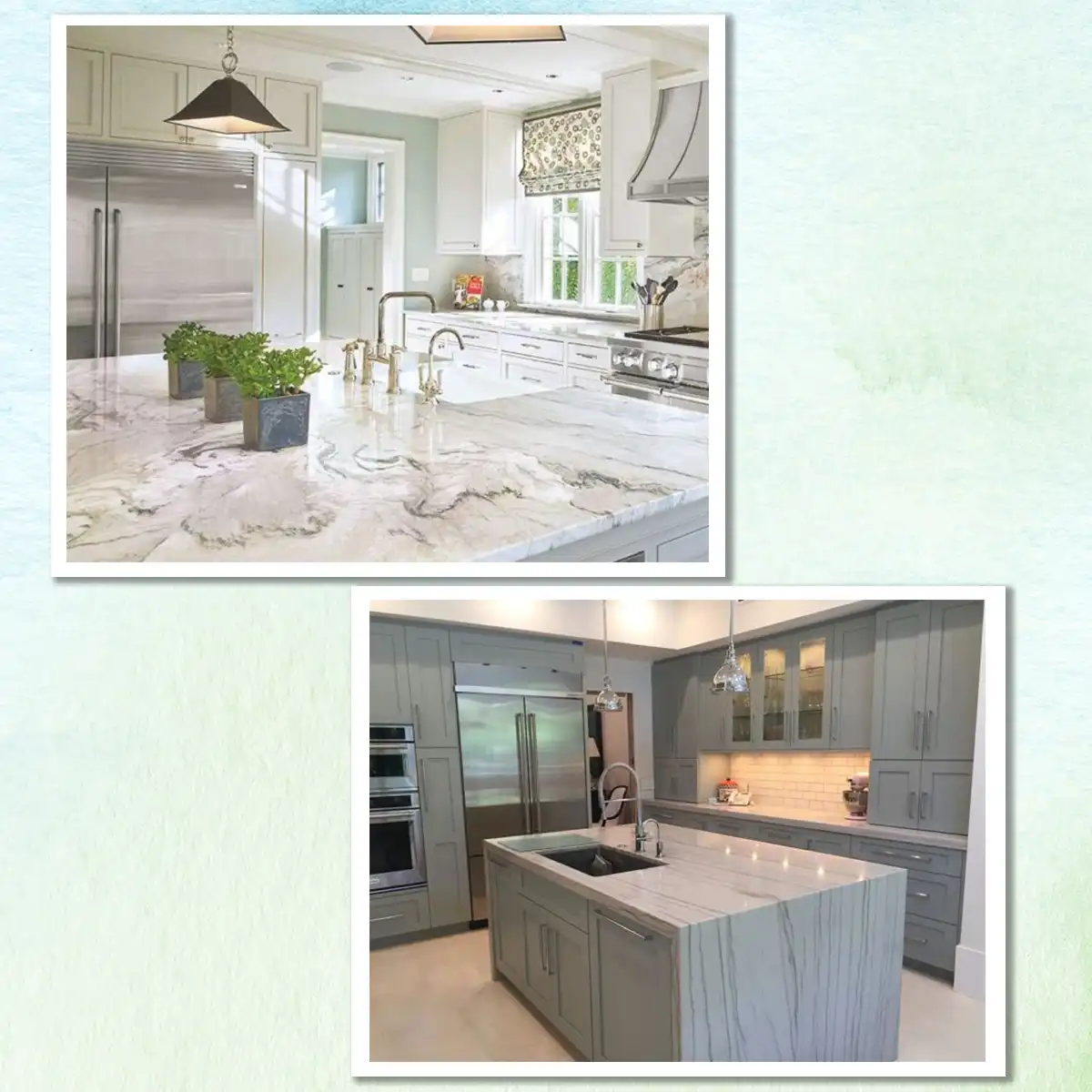
There is hardly any doubt that beautiful and sturdier natural stone countertops have the ability to spruce up the look and functionality of kitchens and

The application of sandstone in the field of architecture is quite prevalent due to its hard-wearing characteristics. In addition, the precise level of finishing in

Natural stones, admired for their timeless beauty and wonderful atmosphere, have immensely grown in popularity for use in showers and bathrooms. Their longevity and inherent

Selecting the appropriate pool coping is one of the most crucial choices you will make while building or remodeling a swimming pool. The material that
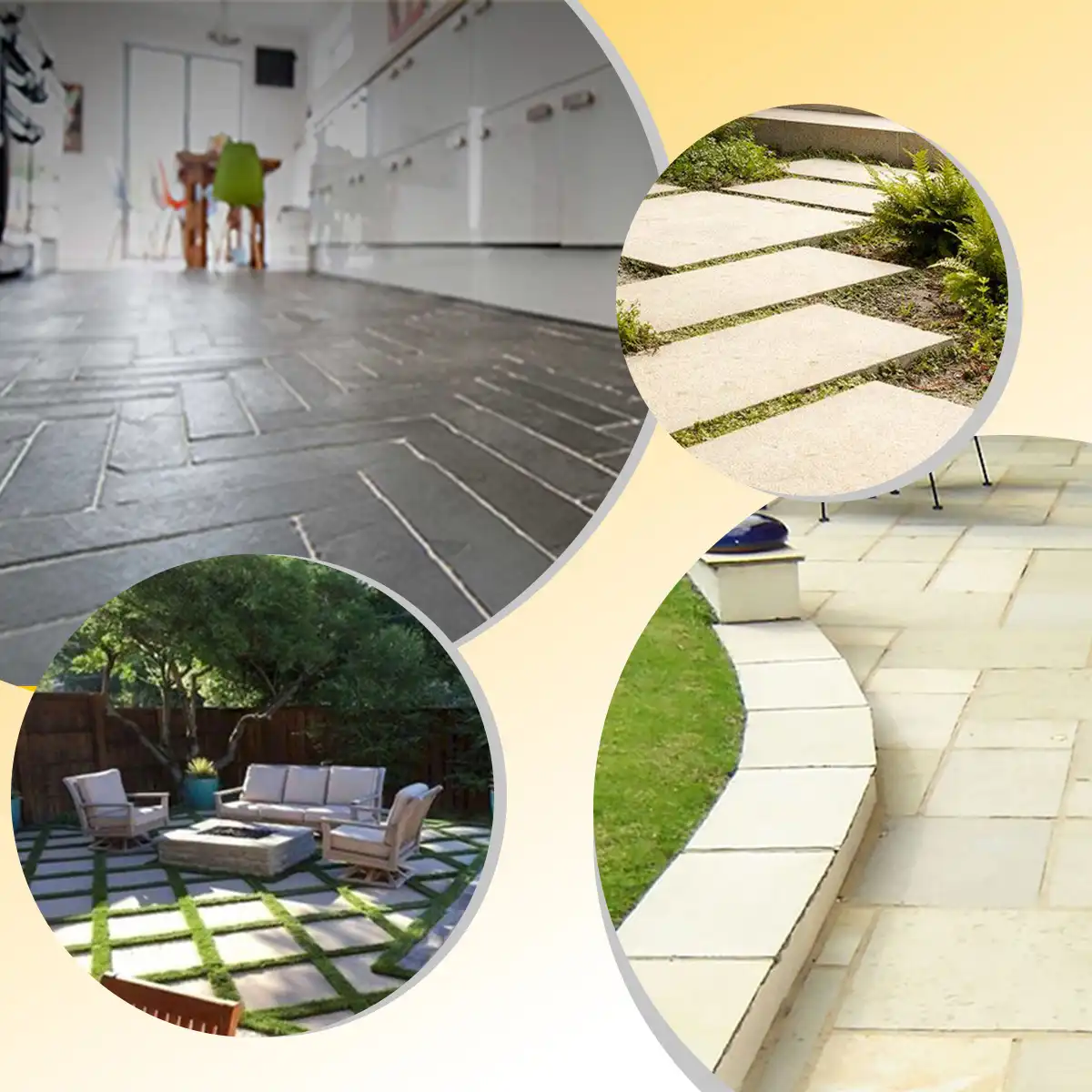
For a majority of homeowners and contractors, choosing the proper kind of limestone that will look excellent and survive for decades may be a major

Sedimentary rocks such as sandstone are often used in the construction industry for both indoor and outdoor applications. However, since sandstone is considered porous, it

Though there are different types of natural stones available in the market, Kandla Grey Sandstone is known to have its special magic. This is why
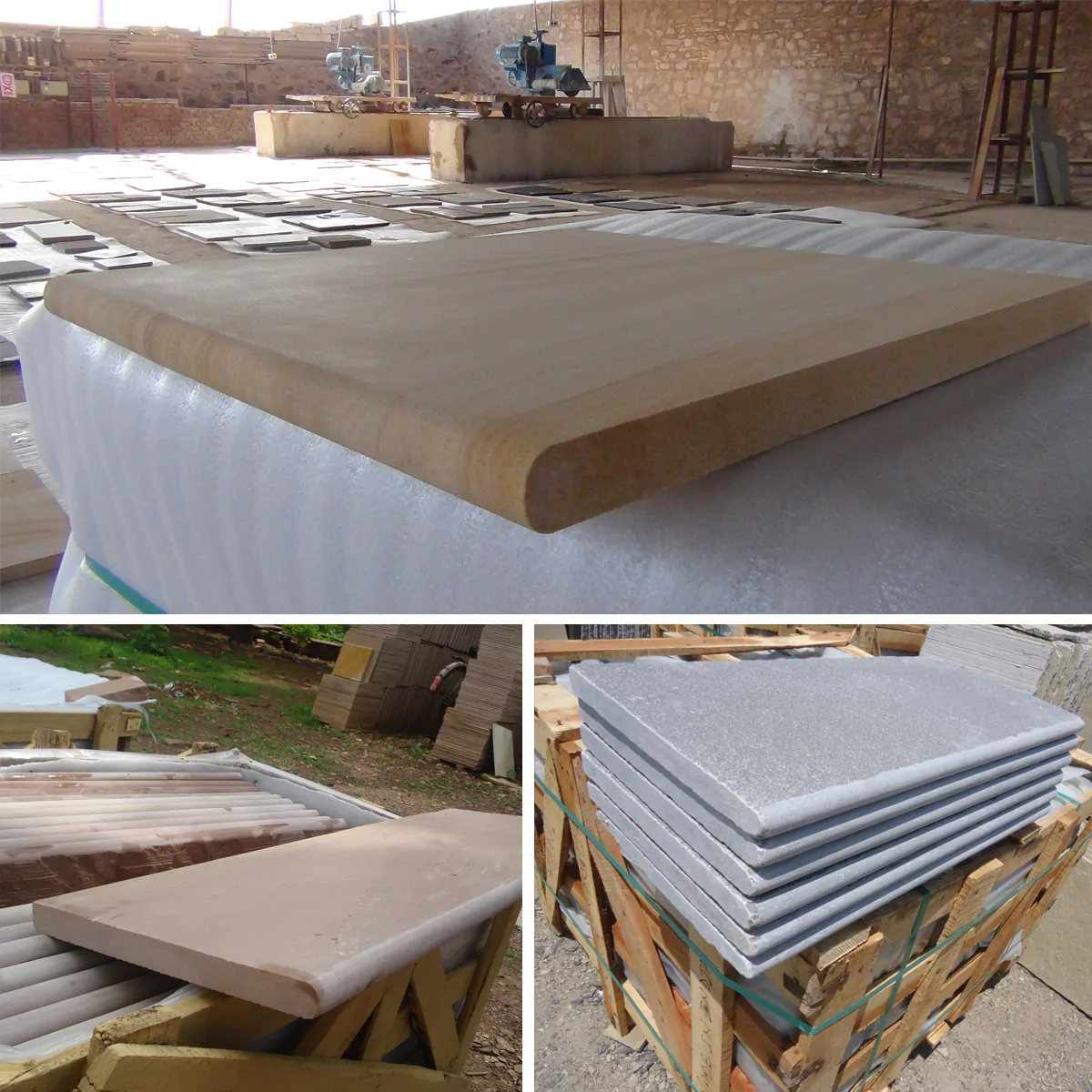
Are you working on a garden landscaping project? Are you considering bullnose steps for the same? If you have plans to add steps to your
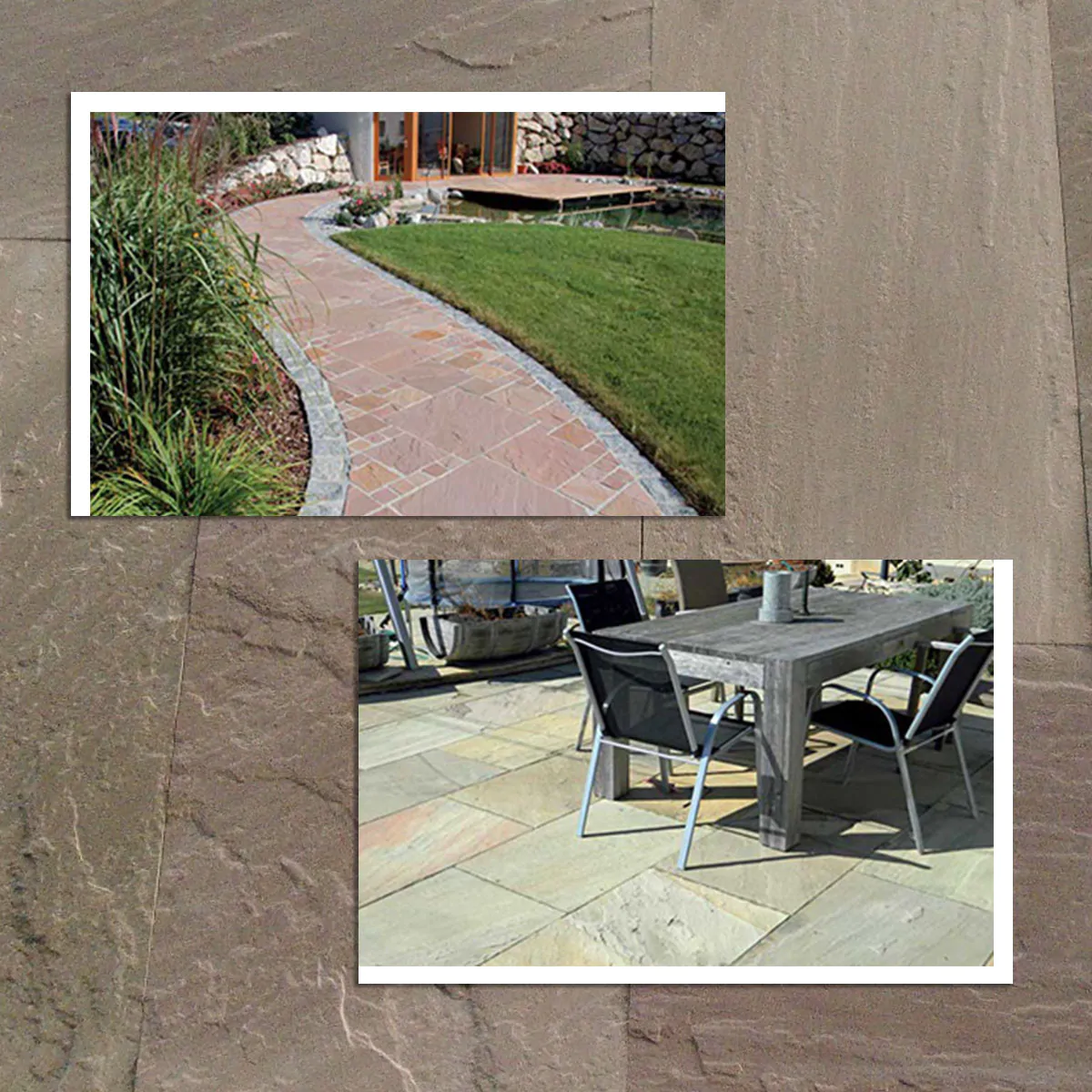
Indian sandstone is always considered the most preferred natural stone for patio projects worldwide. Thanks to its earthy color tones, superior durability, and sturdiness, this
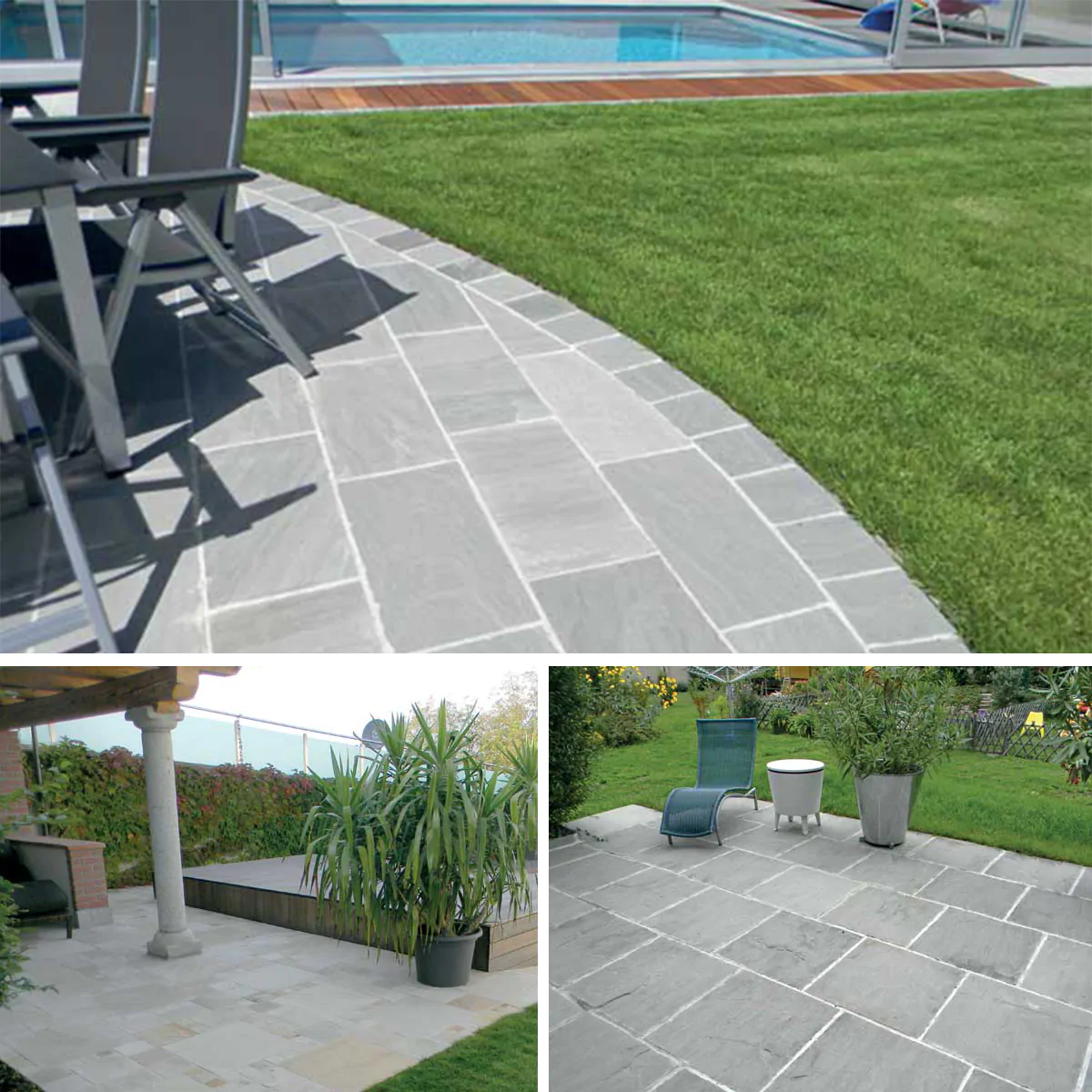
When it comes to adorning places through landscaping, Indian sandstone patios emerge as the most sought-after option among homeowners and architects in the UK. The
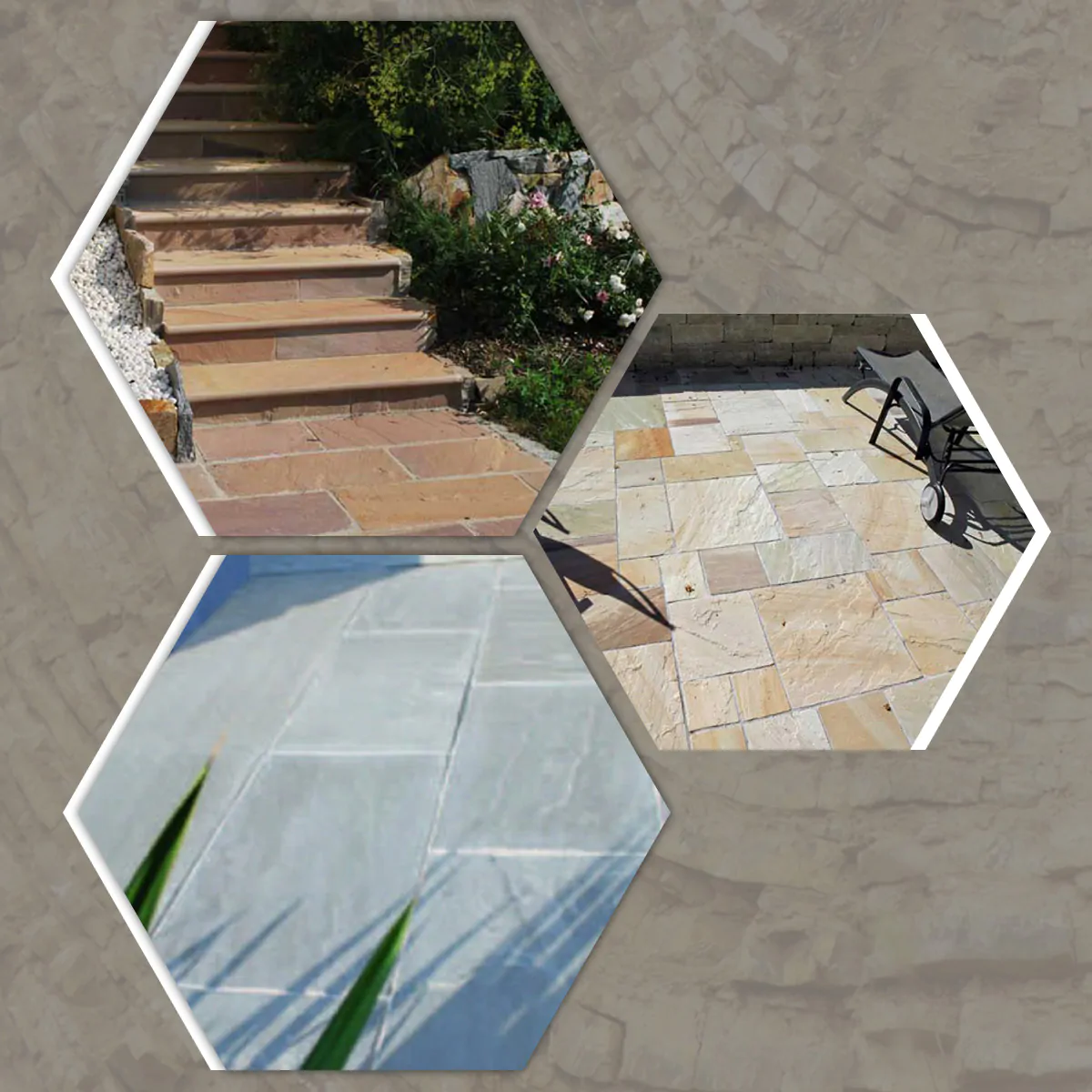
Sandstone is one of the widely chosen natural stones for outdoor paving projects. Due to its availability in diverse colors, finishes, and edges, it remains
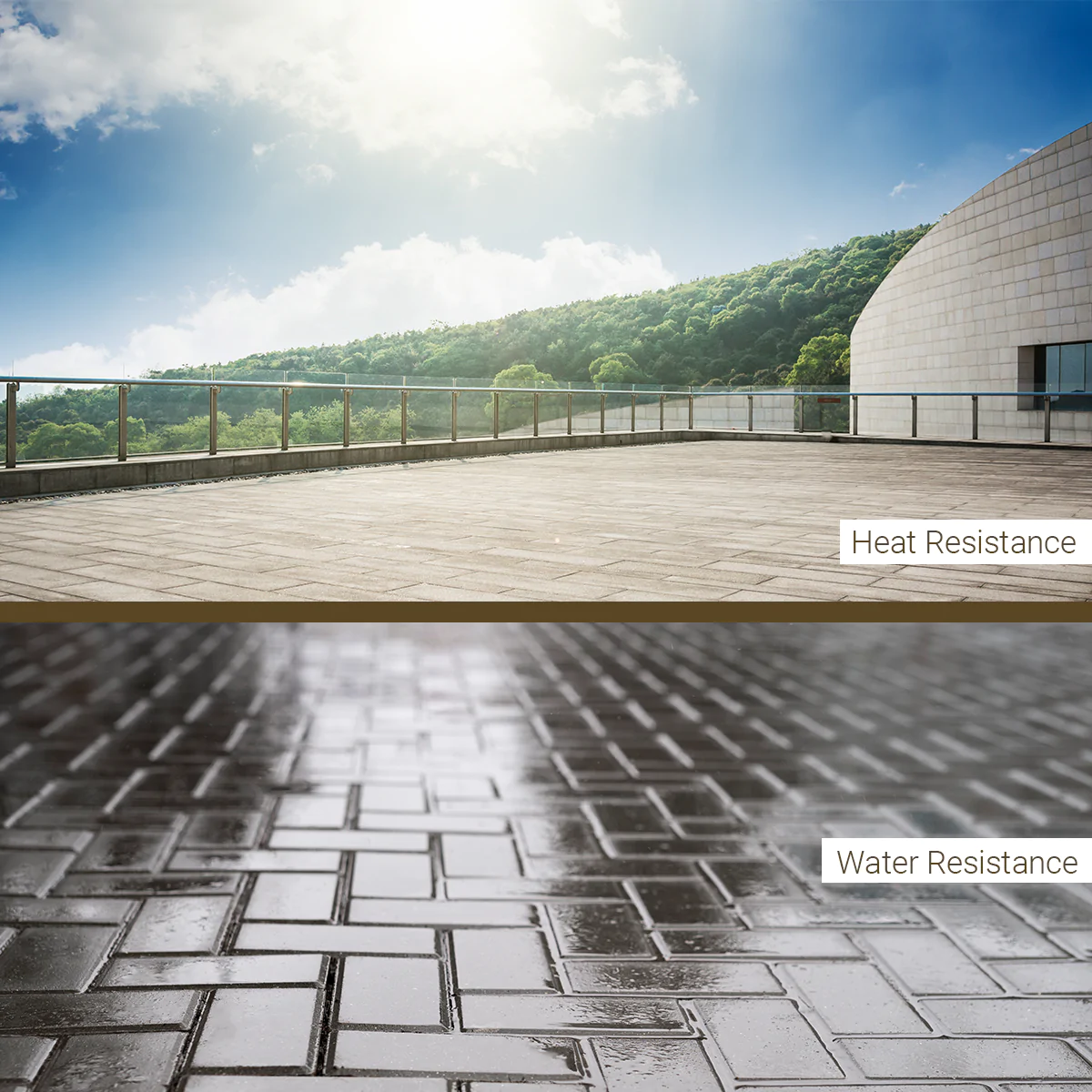
Natural stone is an amazing element that comes with a plethora of qualities and advantages that tend to improve our lives. Every building component looks
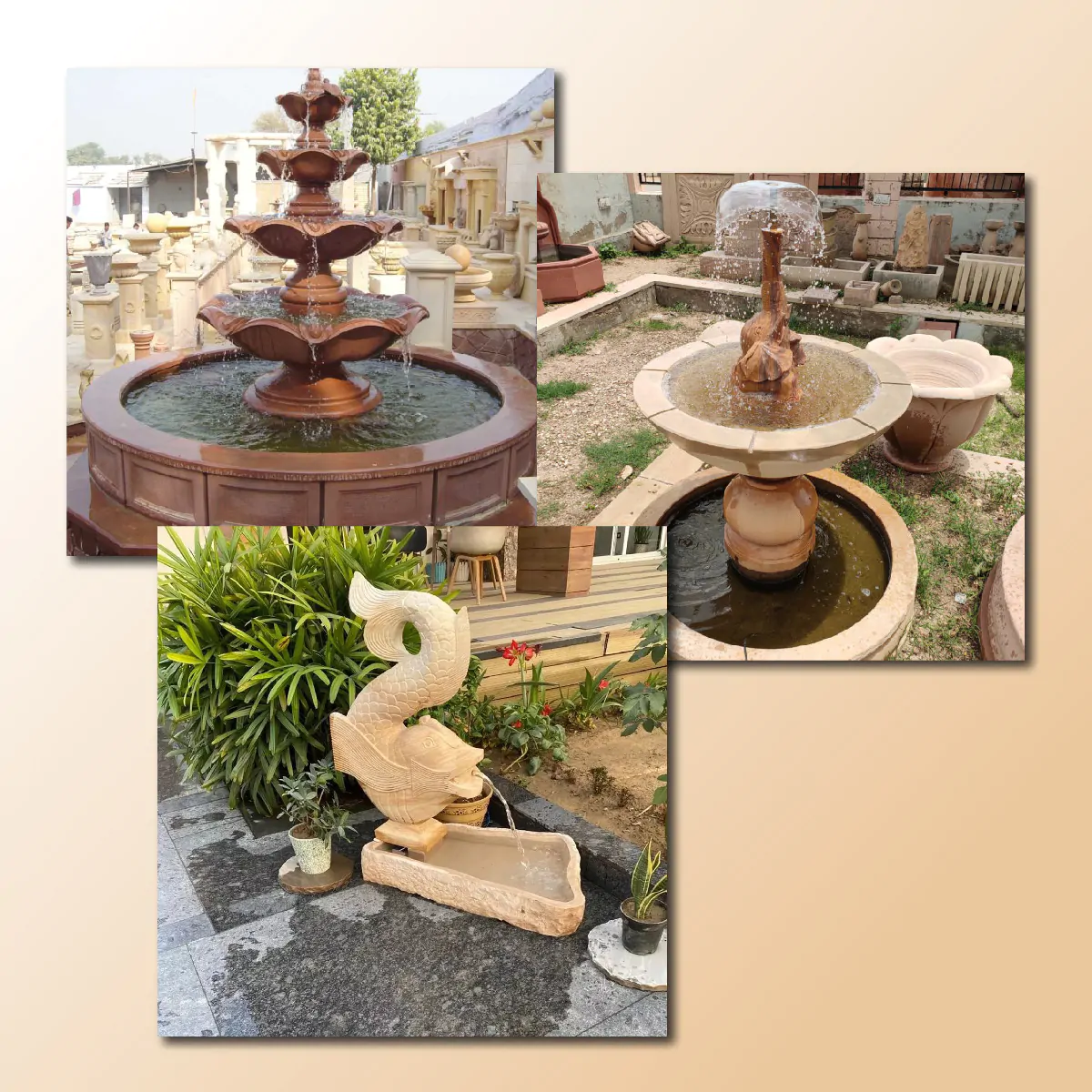
Without any doubt, water tends to have a calming, serene quality that permeates any area. It produces an enthralling synergy with the organic elegance of
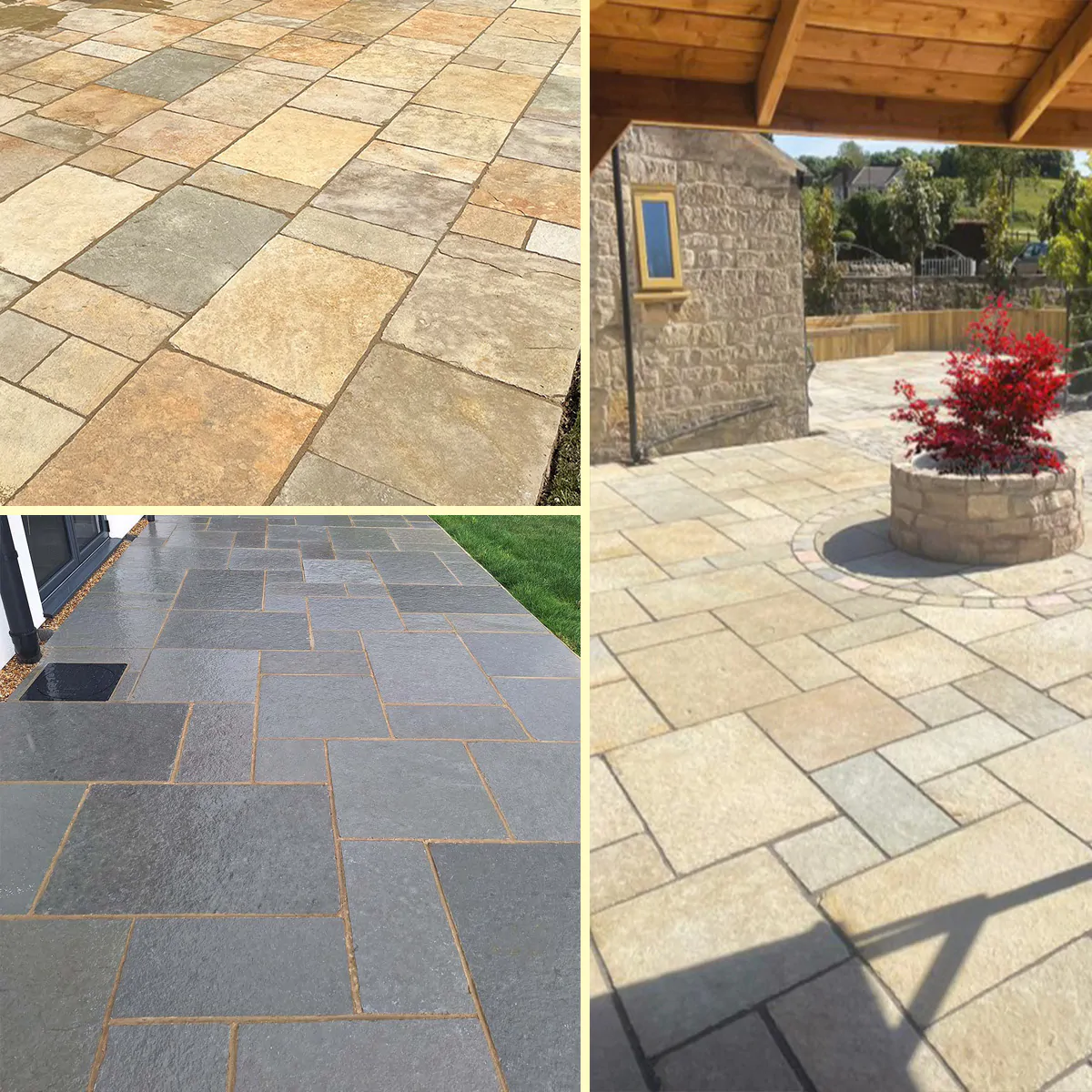
Are you looking to add elegance and natural beauty to your landscape? One of the best materials for landscaping projects is limestone paving. Limestone, which
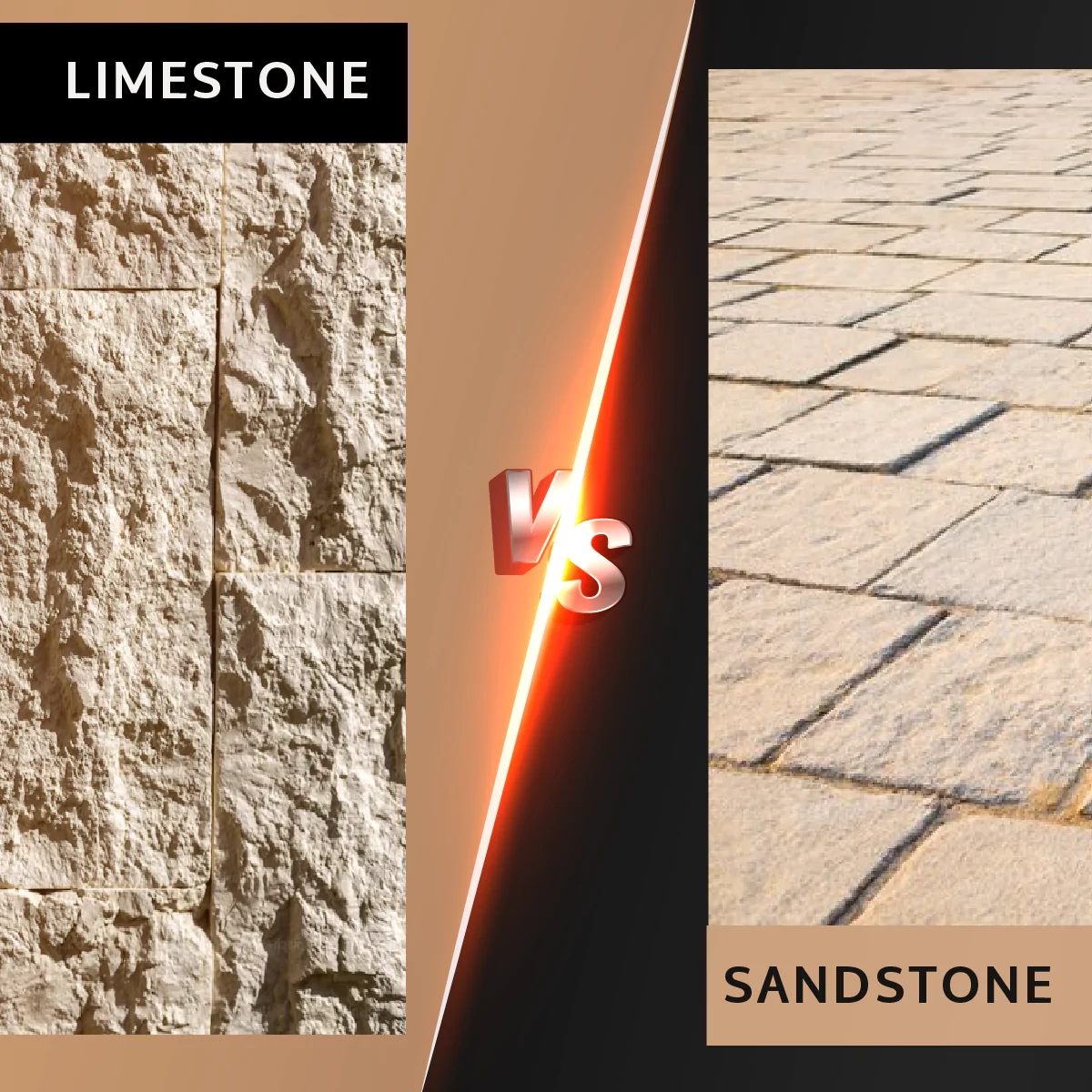
Two common natural stones utilized in various architectural and design contexts are sandstone and limestone. Although there are certain similarities between the two stones, they
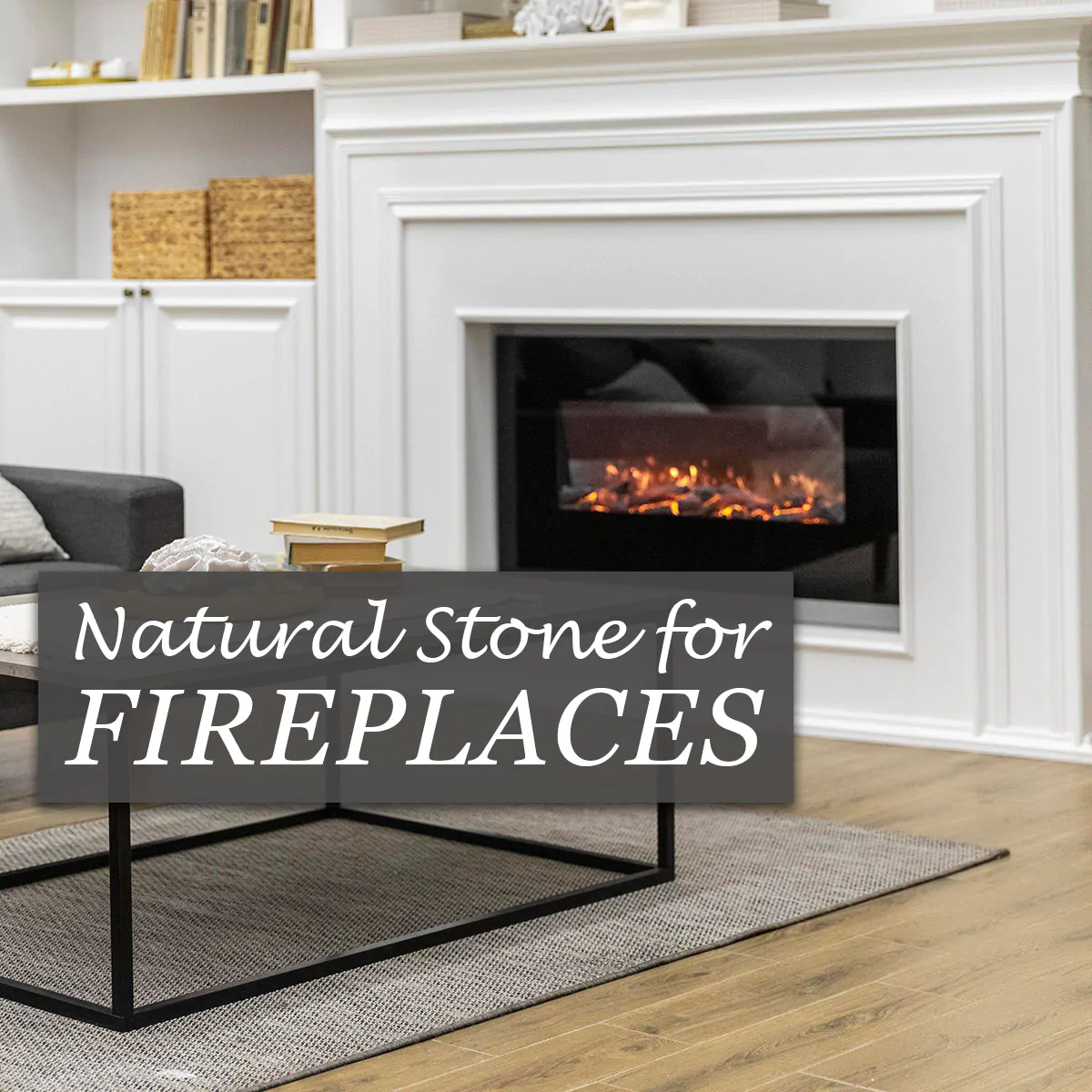
A fireplace made of natural stone has a distinctive appearance and design aesthetic, as well as a pleasant atmosphere. In addition to giving off a

Some of the most well-known and cherished buildings in the world, such the Parthenon and the Empire State Building, were built using limestone. It was

The visual profile of slate stone reflect an astonishing tradition and complex aesthetics. If following the bygone period, the use of slate as a roofing
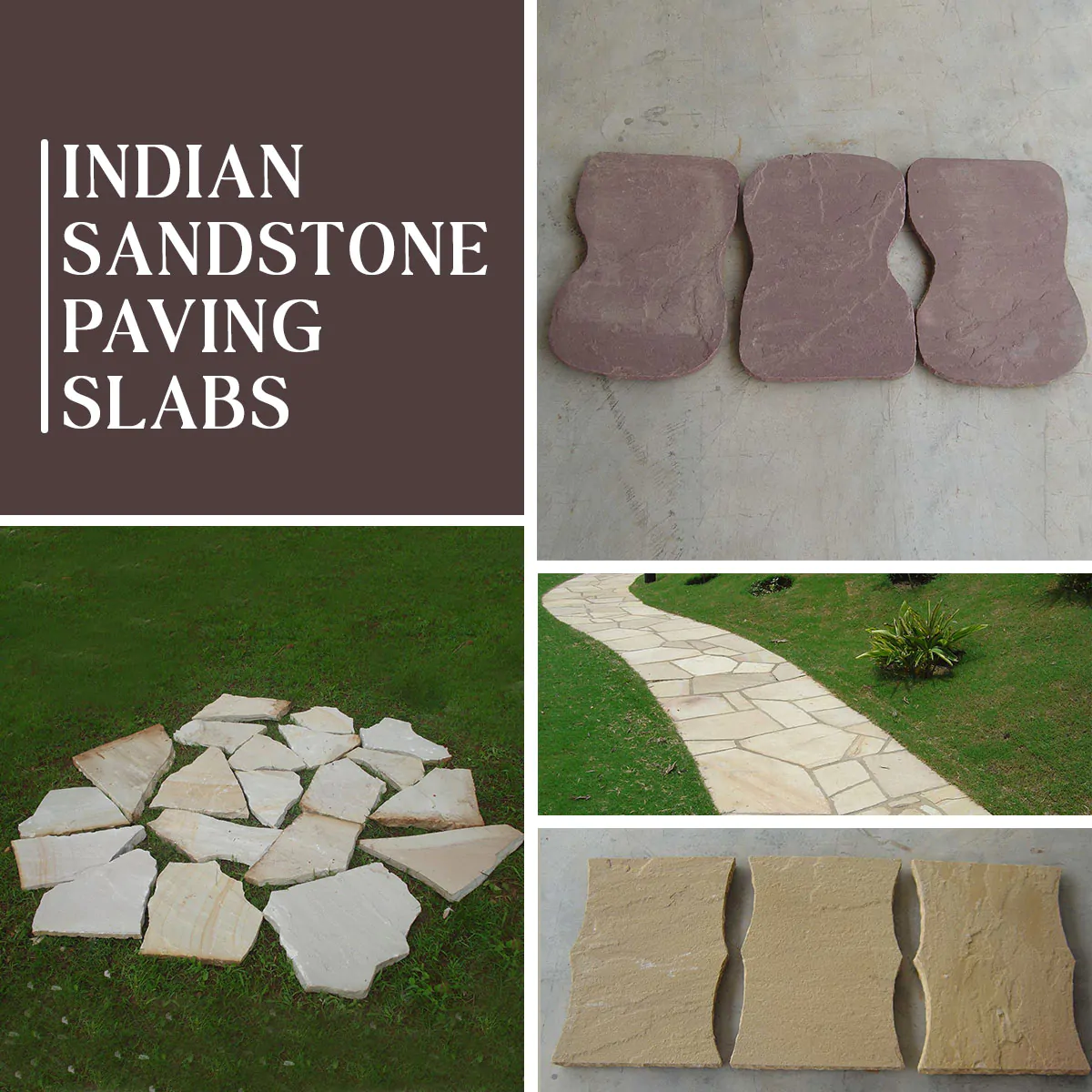
Whenever it comes to enhancing the visual and functional quotient of outdoor spaces, sandstone paving emerges as the best option to architects. Sandstone paving is
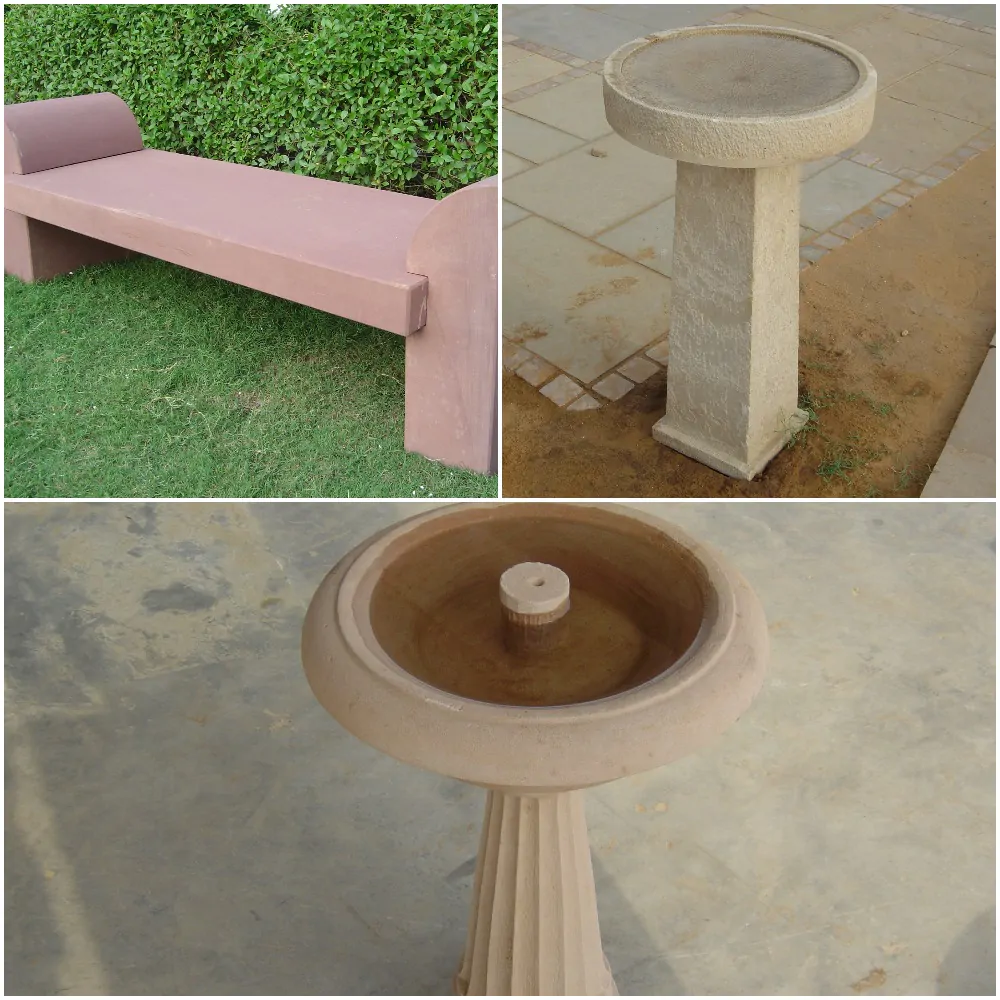
Sandstone is one of the oldest and popular natural stones being used in the construction world for ages. Thanks to its natural visual appeal and
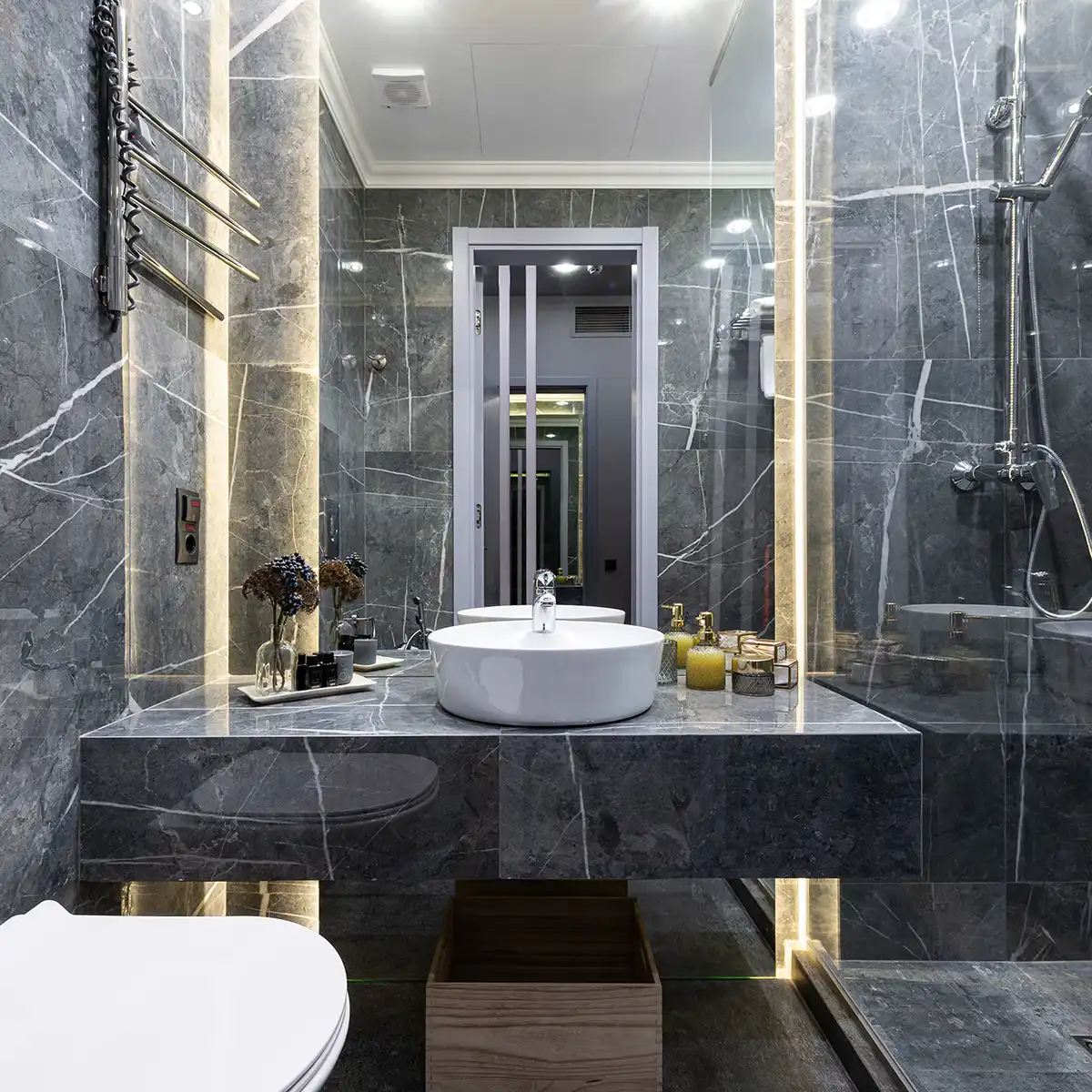
There are several excellent options available to you if you’re thinking about using natural stone for your bathroom countertops or vanity top. Before deciding which
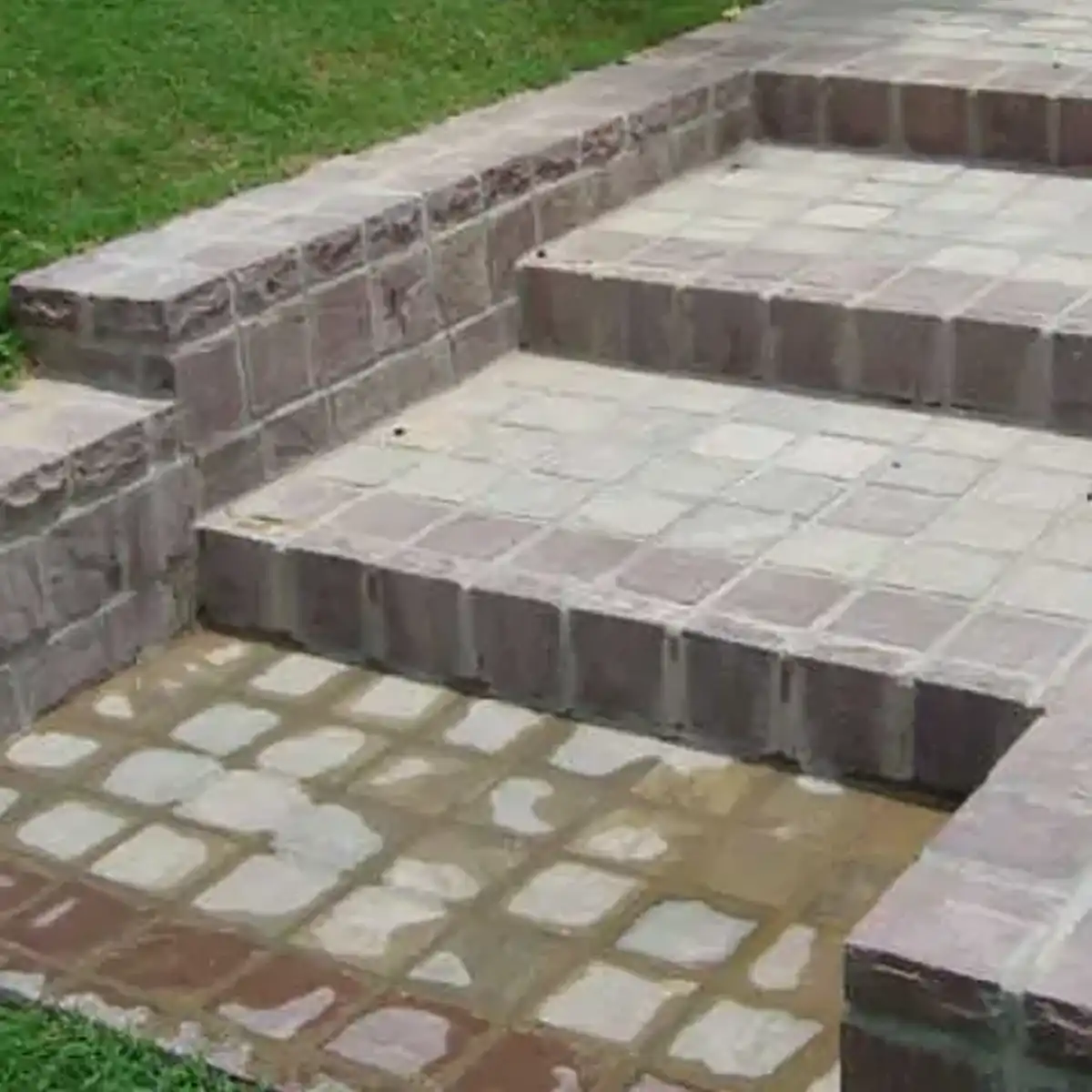
Cobblestones refer to the smooth, round stones that people collected from rivers and streams in various parts of the world. Cobblestones are known for their
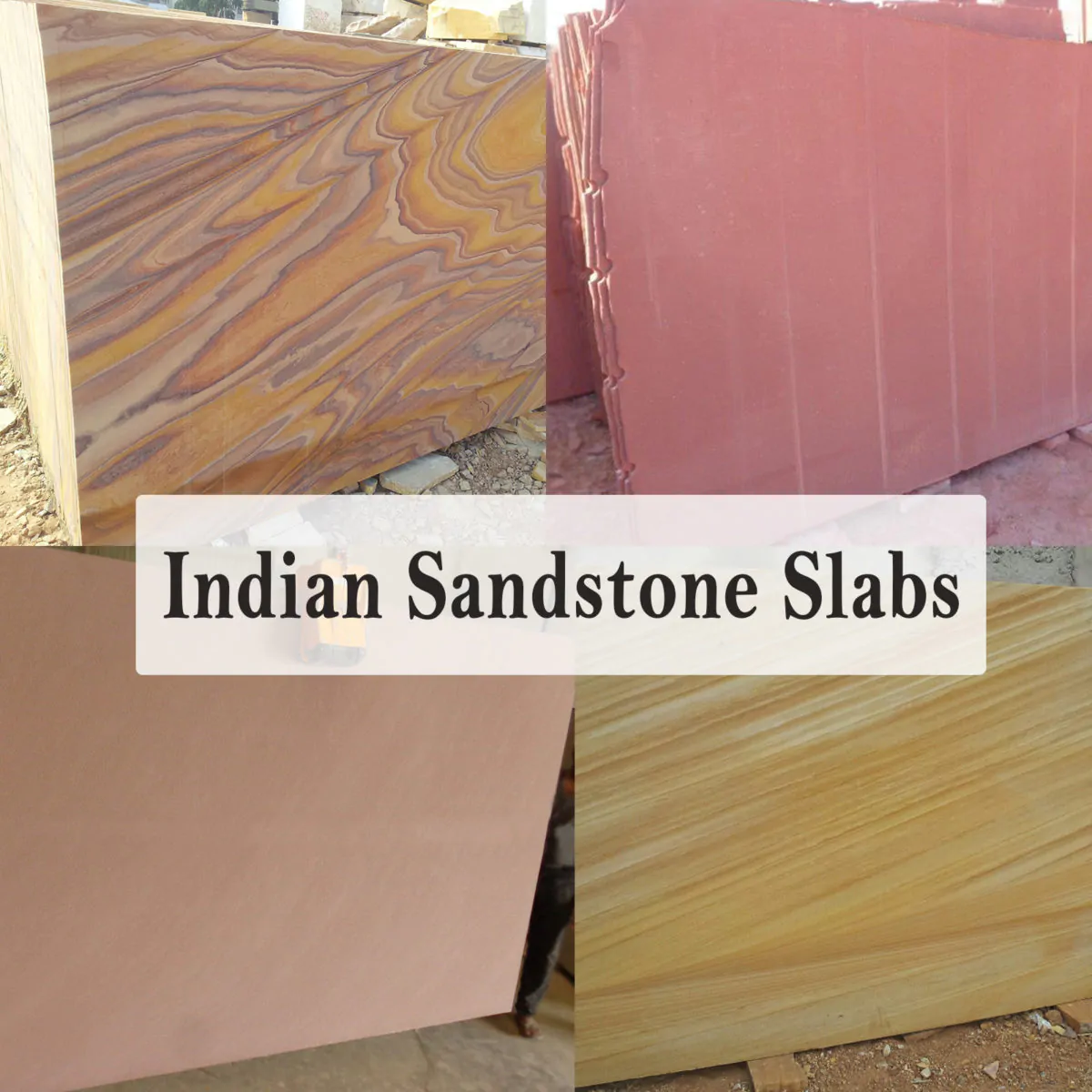
If you are among those who want to give a stunning aesthetical appeal to your building outdoors, sandstone may be the greatest choice you would
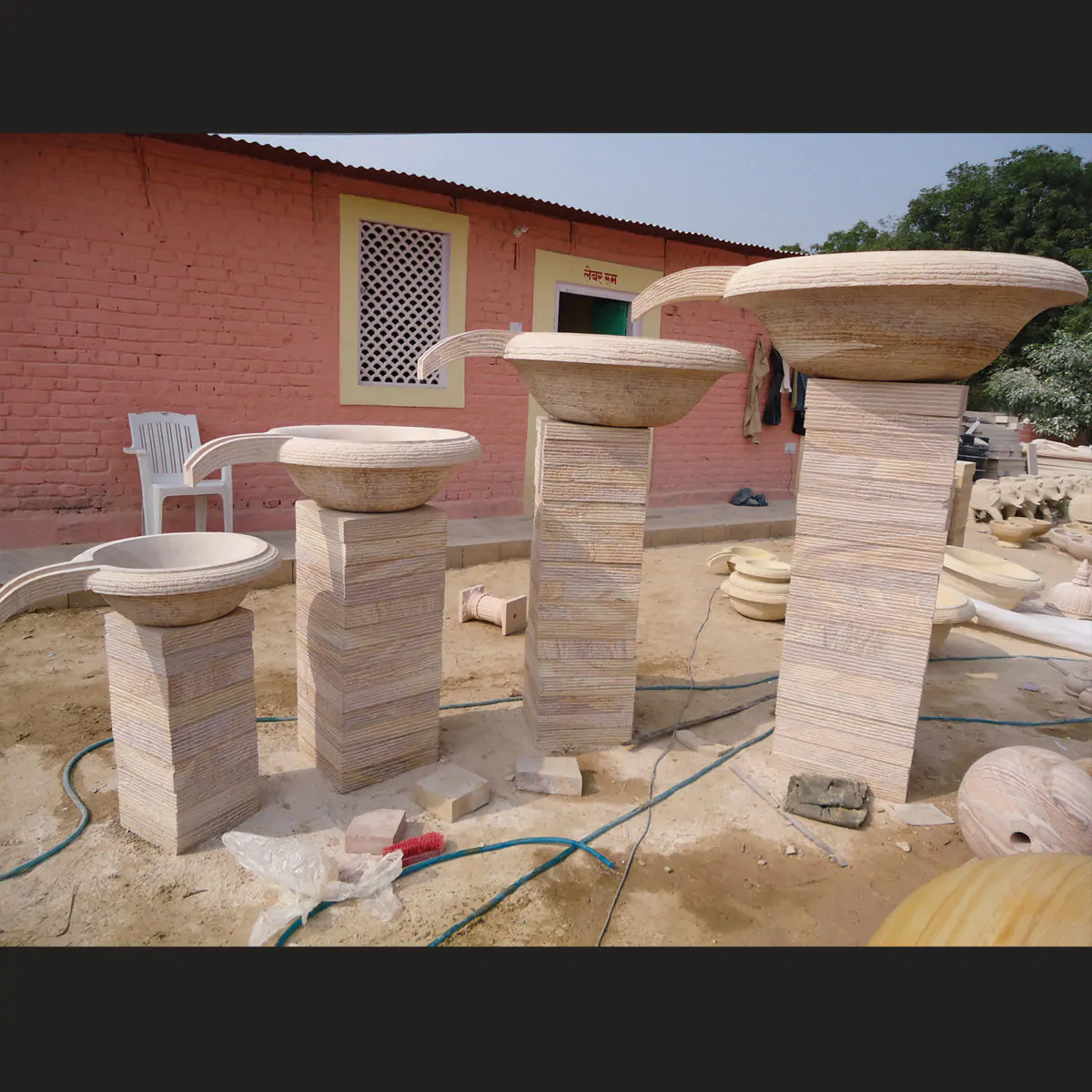
Sand-sized mineral or rock grains make up the majority of sandstone. Although it appears in a variety of colors, browns, yellows, reds, and tans are
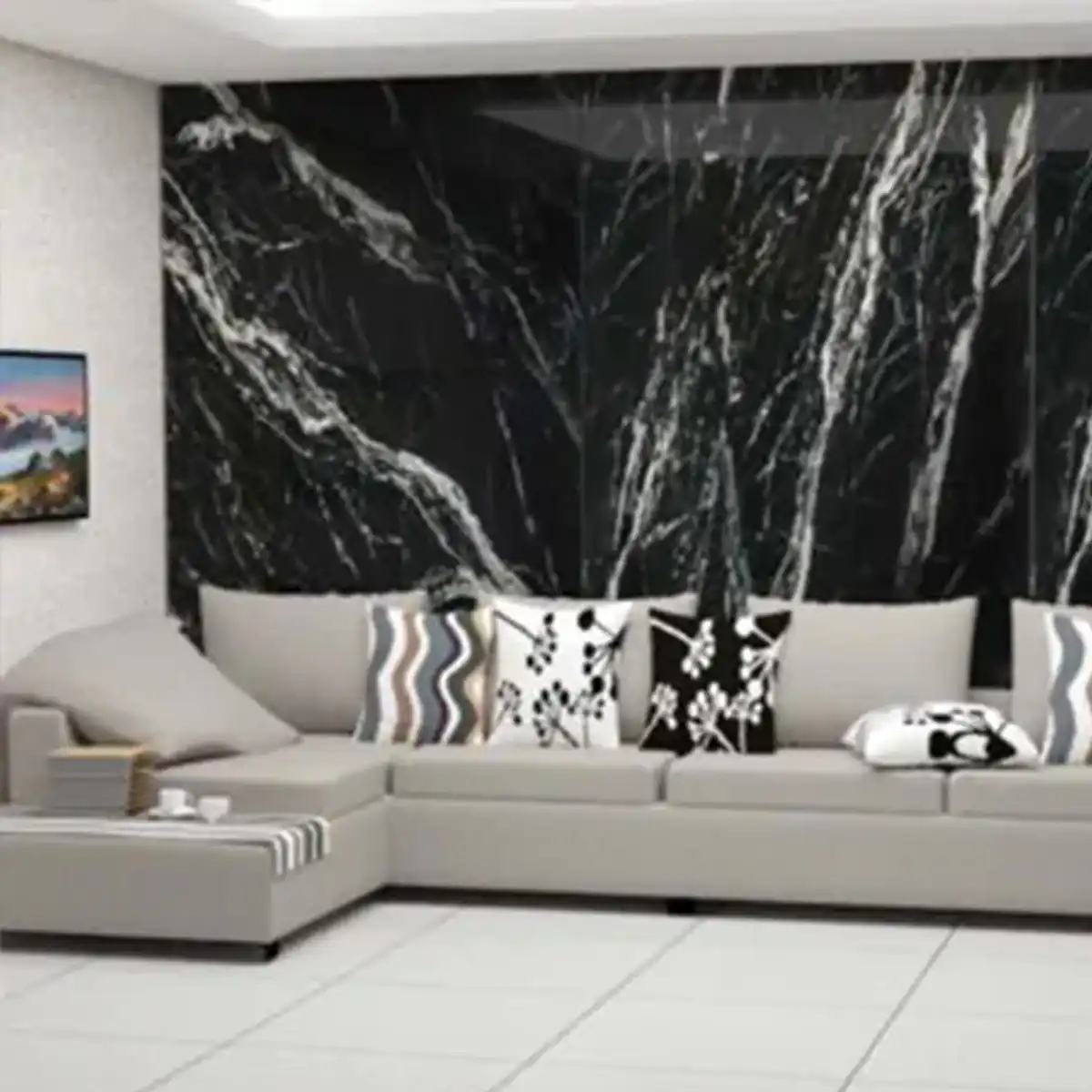
WHY BLACK MARBLE COUNTERTOPS? The first and foremost advantage of using black marble countertops is the boldness this black stone offers to the surrounding elements.
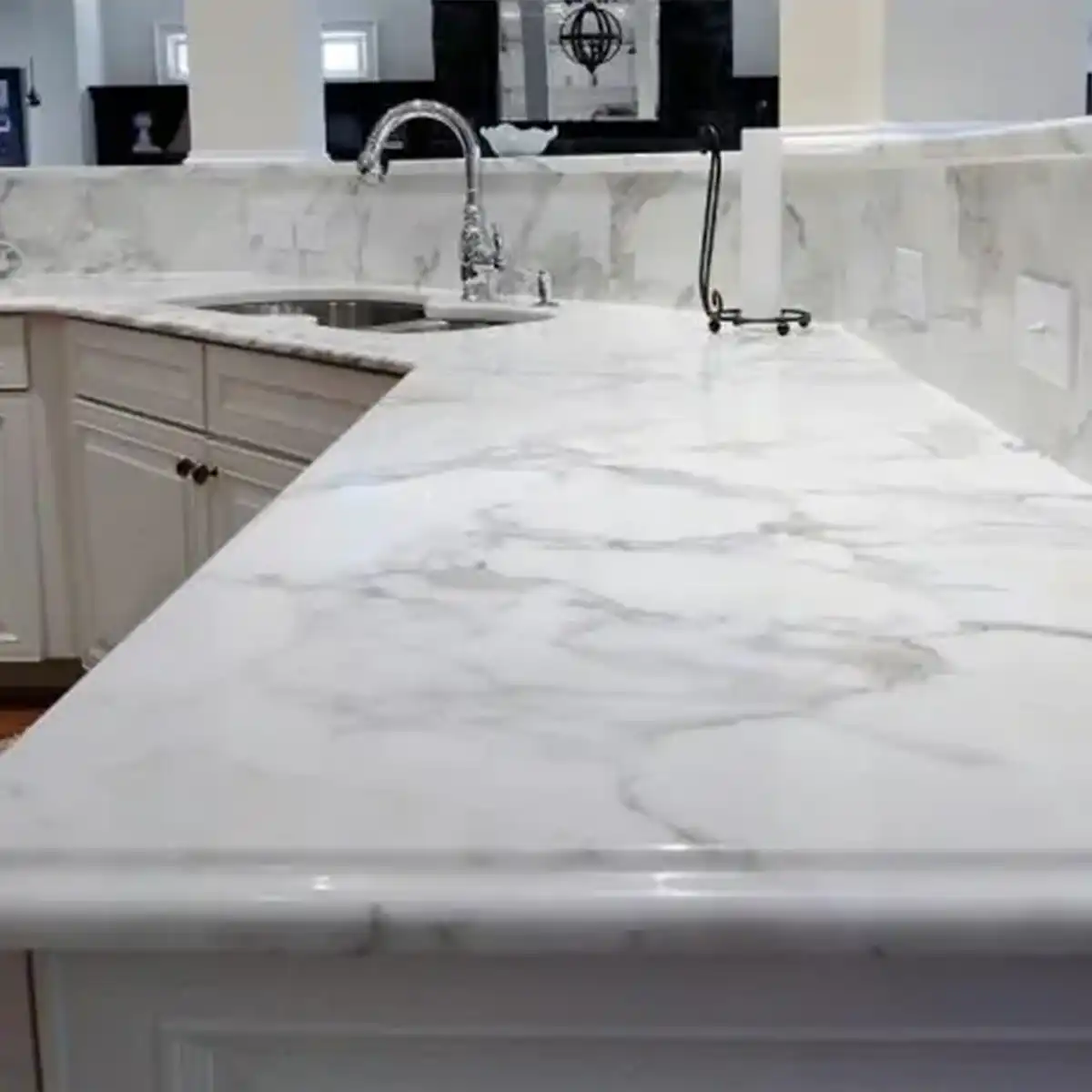
Marble is frequently the top material of choice for countertops. Since it is the material that architects may use to create the most visually stunning
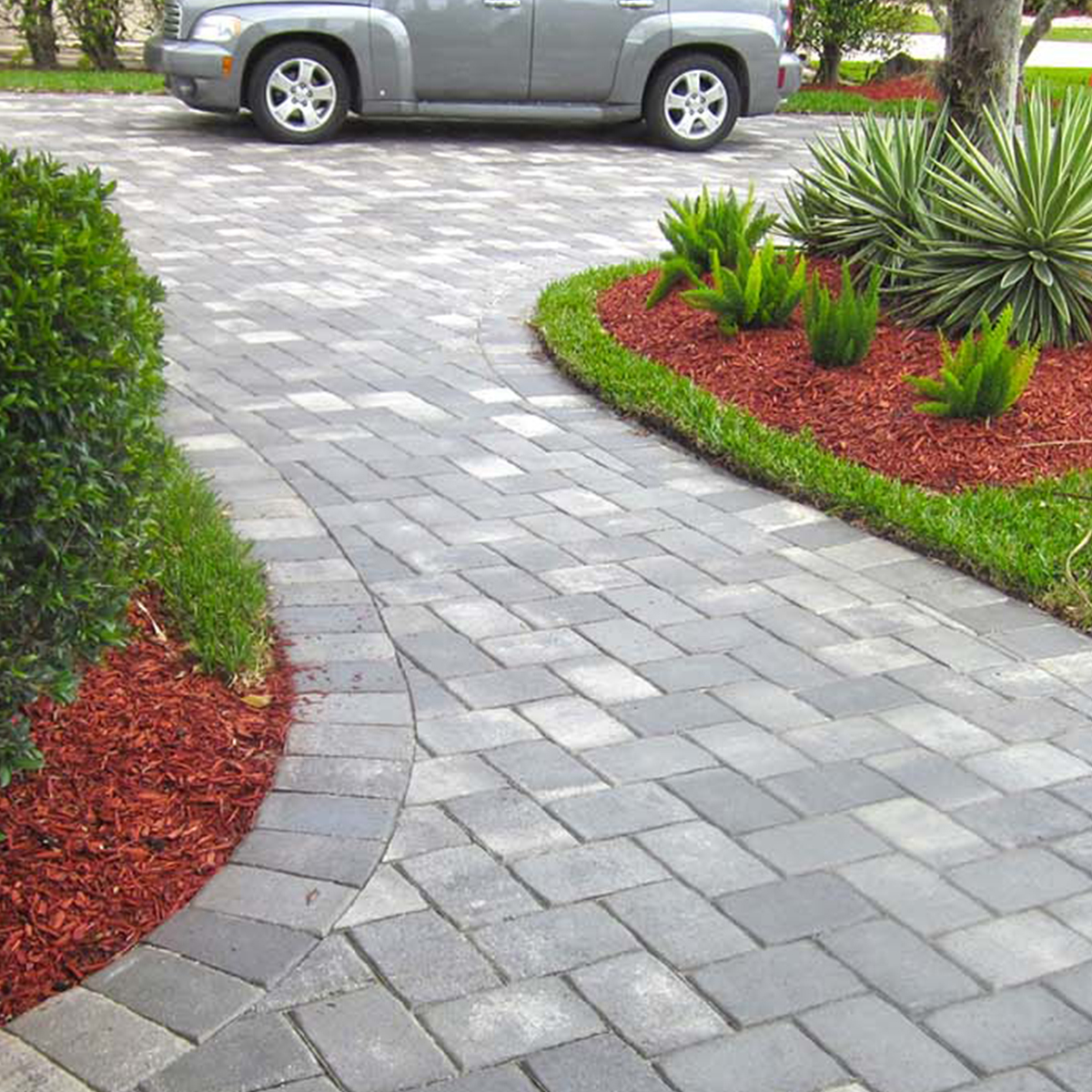
As the name implies, Indian sandstone is a quarried natural stone from all across India, a nation with a rich and diverse geology, which is
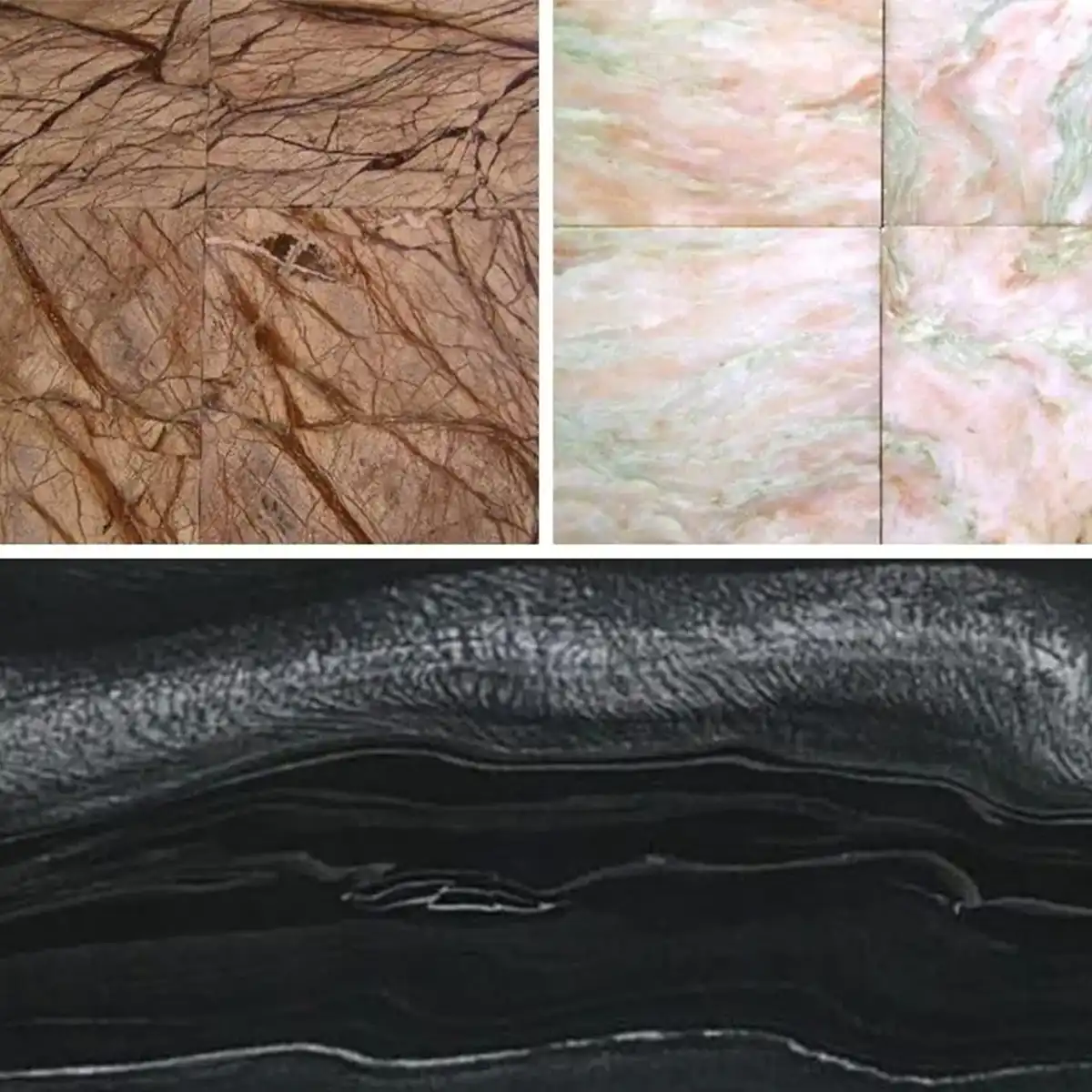
For ages, and with good reason, marble has been regarded as one of the most exquisite and expensive natural stones. Natural Italian marble is the
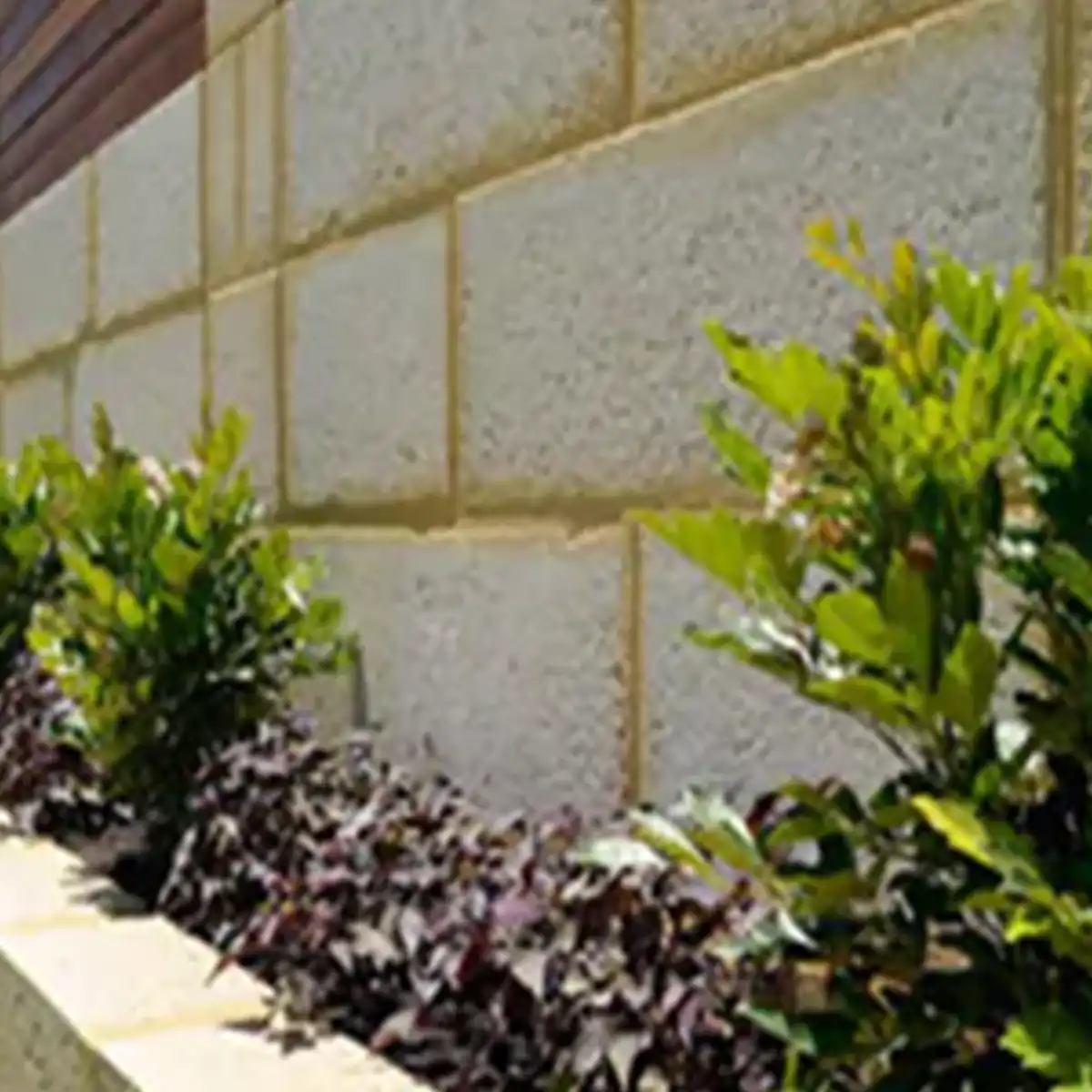
The term “limestone” is used to describe a variety of various stone formations formed with the same primary ingredient: calcium carbonate. True limestone is created
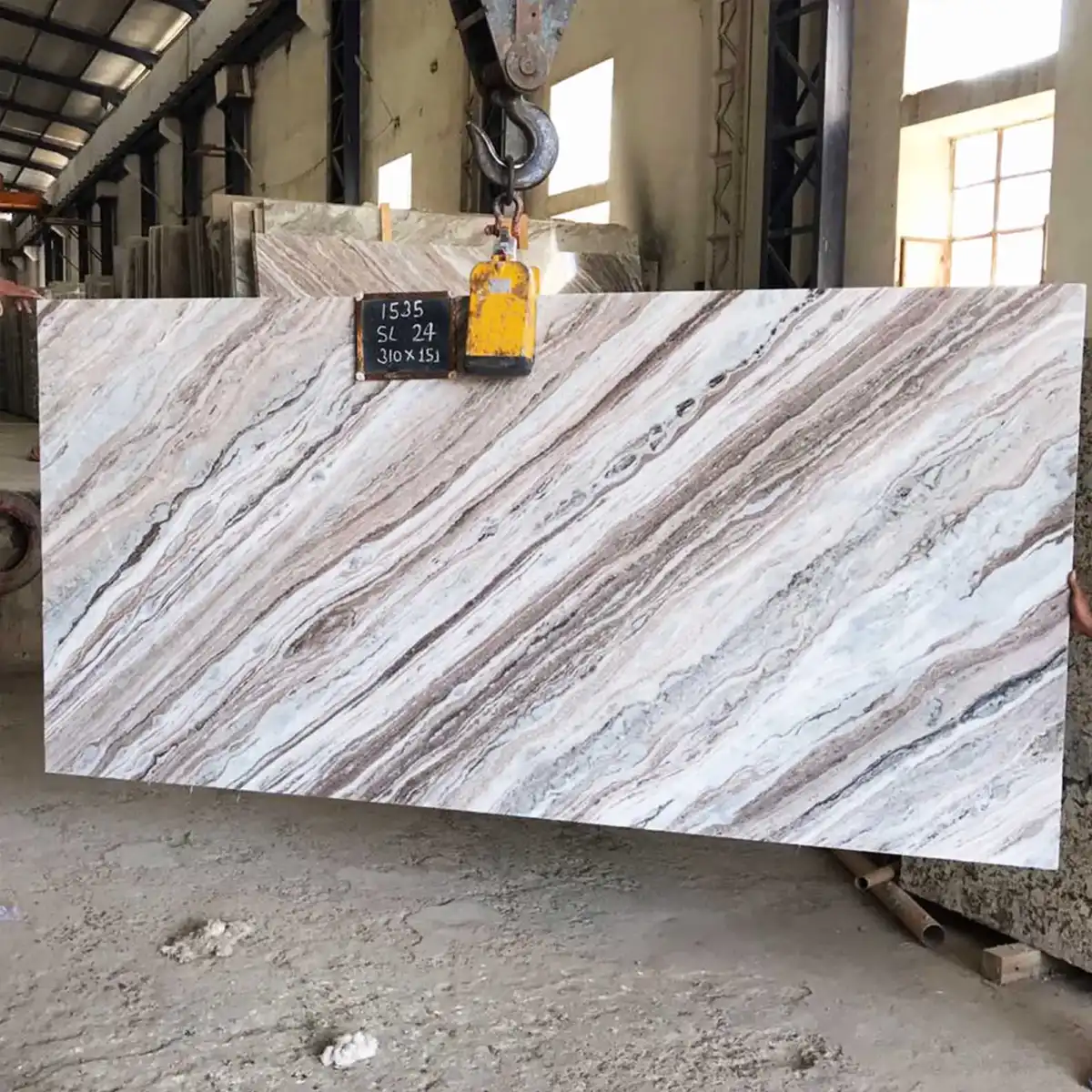
Fantasy brown marble is a natural stone that many people consider a granite but it is not. In fact, it is a marble that adorns
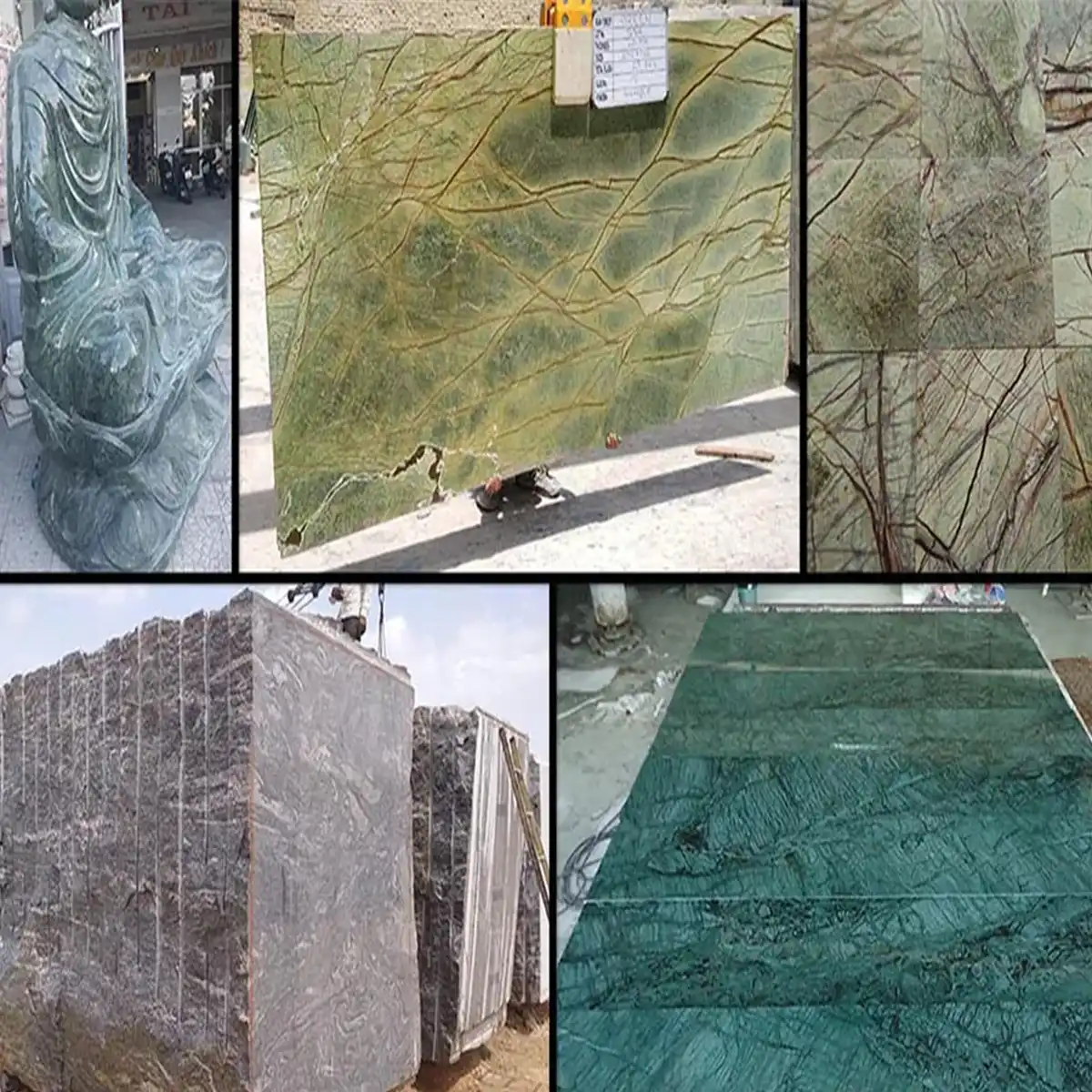
When it comes to lending architectural beauty and durability to any kind of residential or commercial construction project, natural stones, particularly marble emerges as the
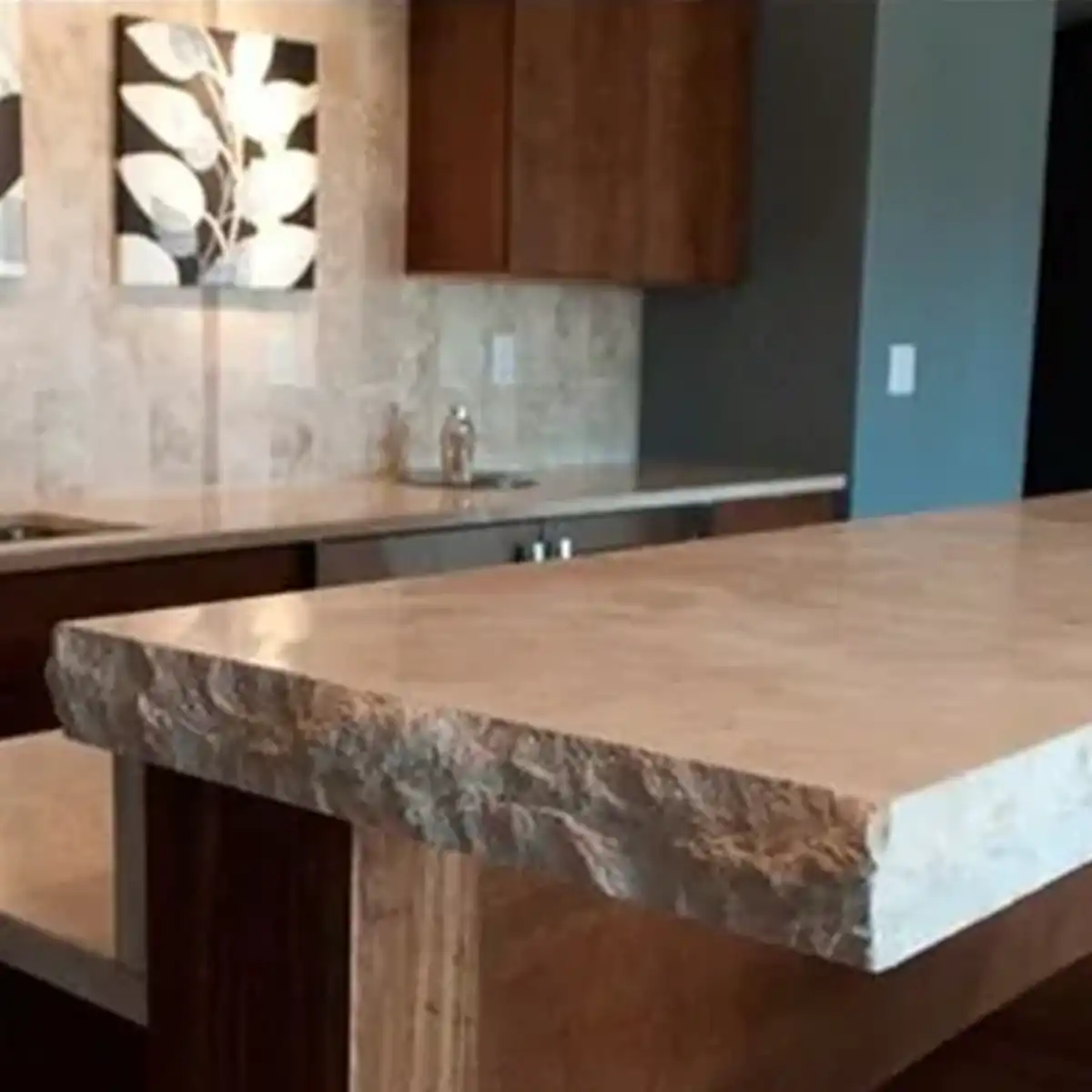
The use of limestone natural stone in the field of construction is widespread, especially in the European and North American regions. Almost all renowned buildings
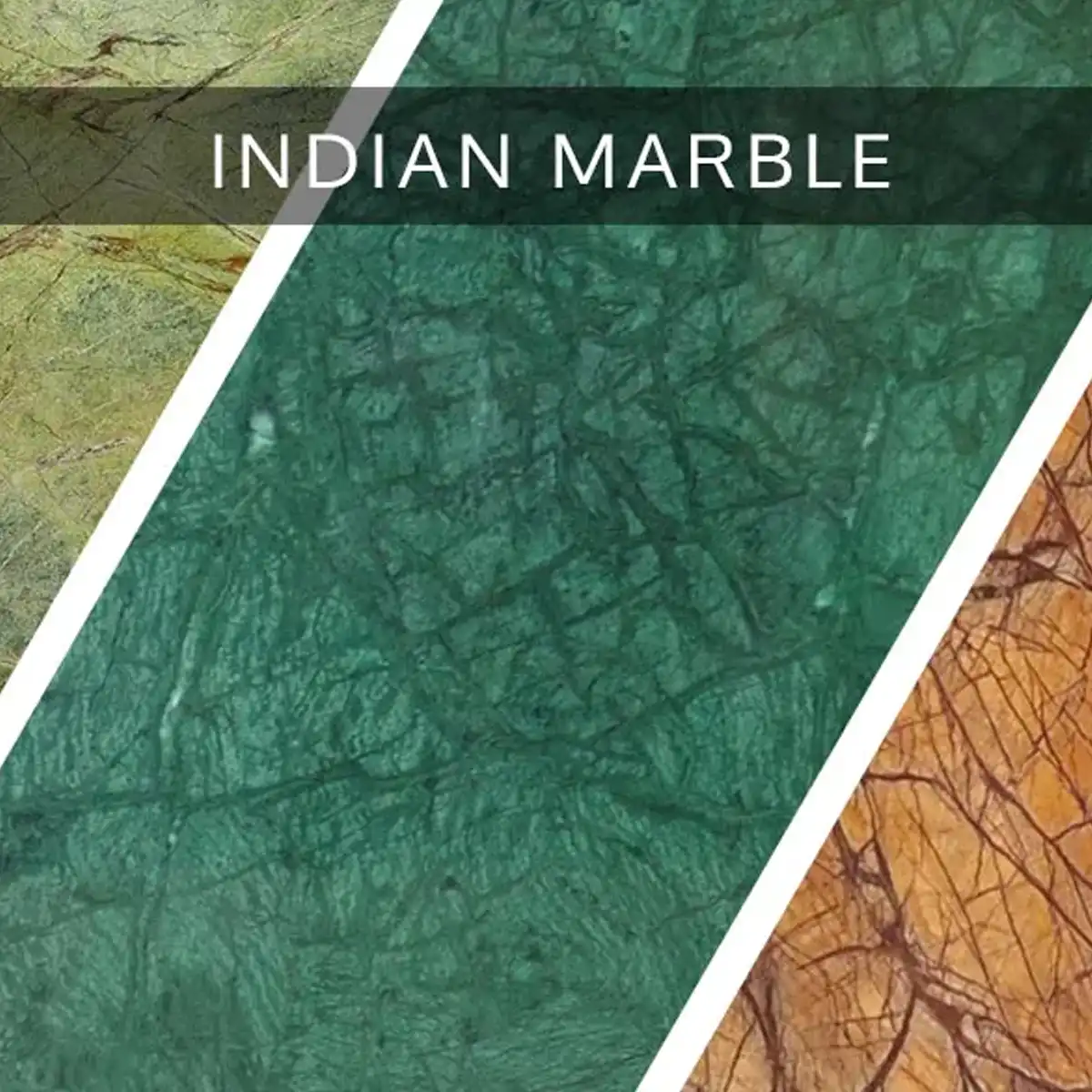
Get to know different types of Indian marble available today. Also, what makes Indian marble so popular in modern architecture.
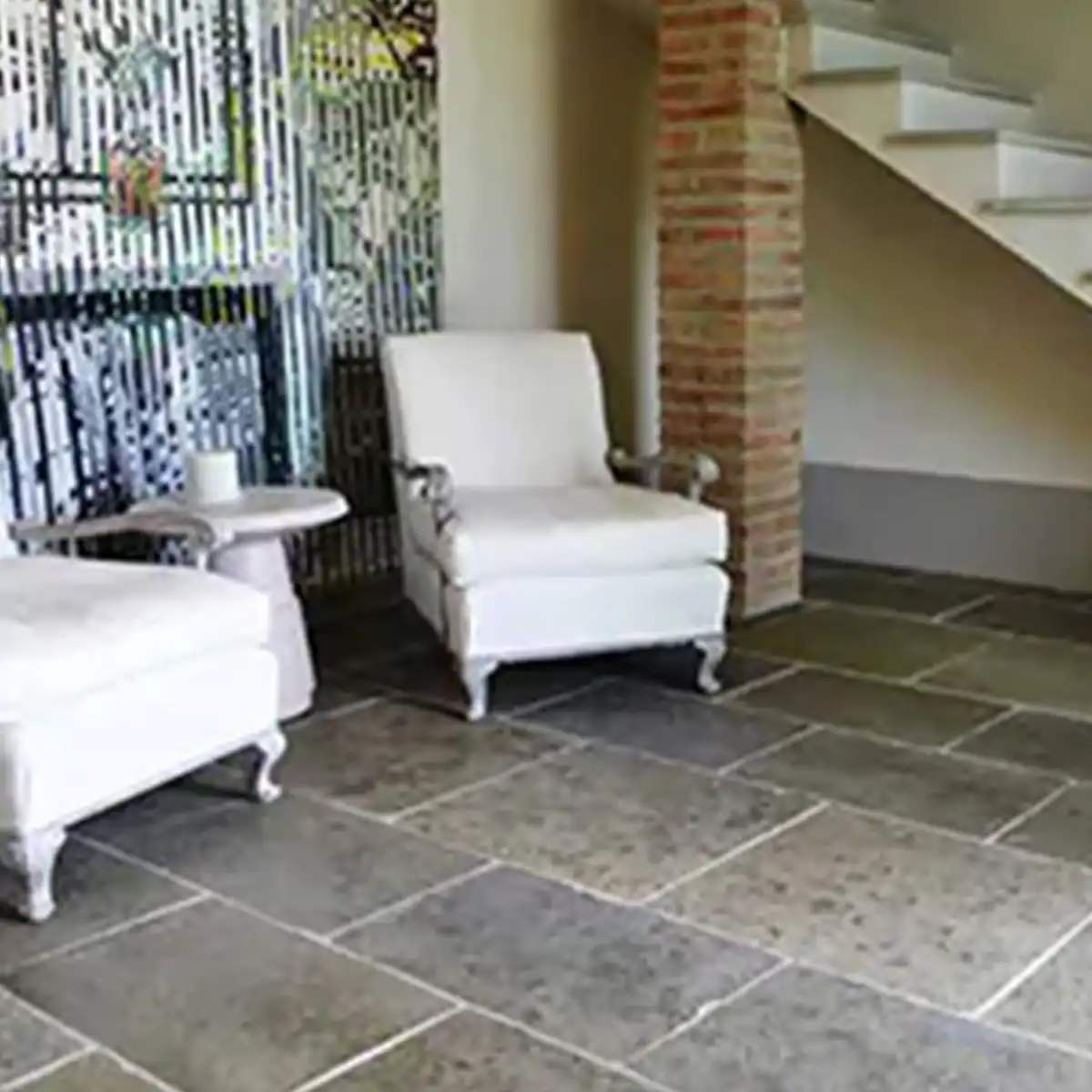
Limestone is one of the most widely utilized natural construction materials in the world because it is abundantly accessible and quite simple to shape or
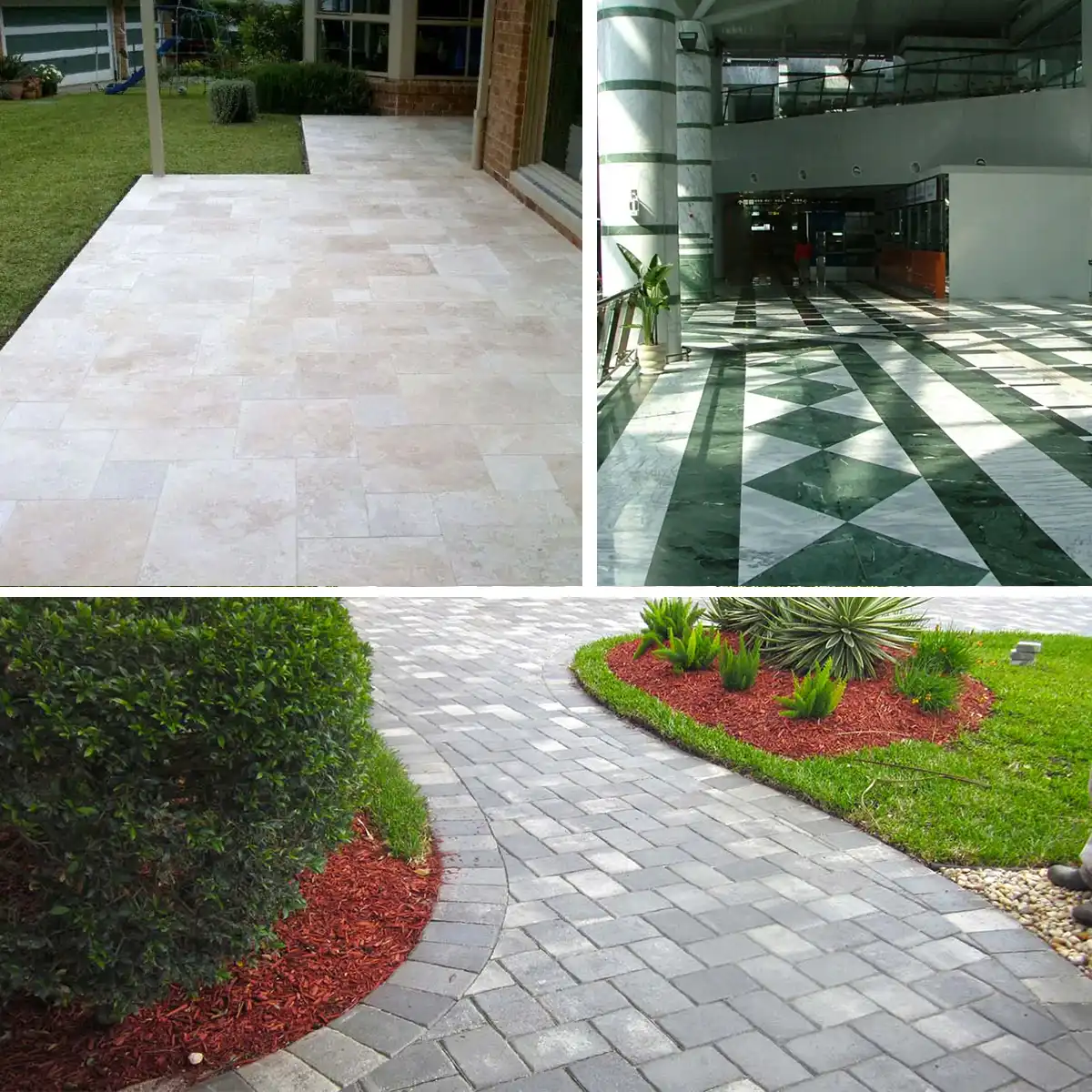
There aren’t many outdoor house upgrades that can compare to the attractiveness and usefulness of outdoor pavement tiles. Outdoor tiles are a must-have since they
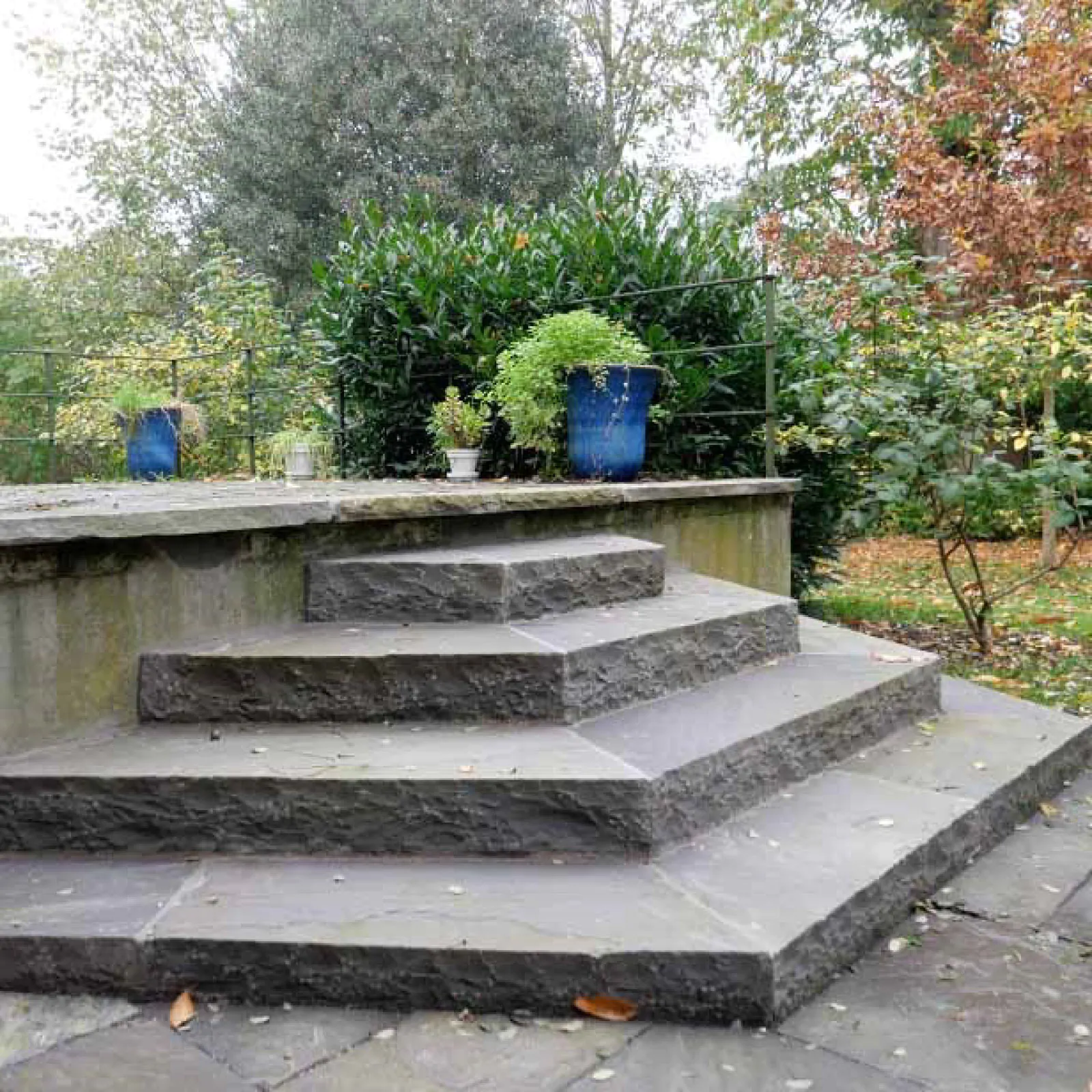
Sandstone is a sedimentary rock that was created beneath lakes, rivers, and seas. This natural stone, which is extremely durable and weather-resistant, is made up
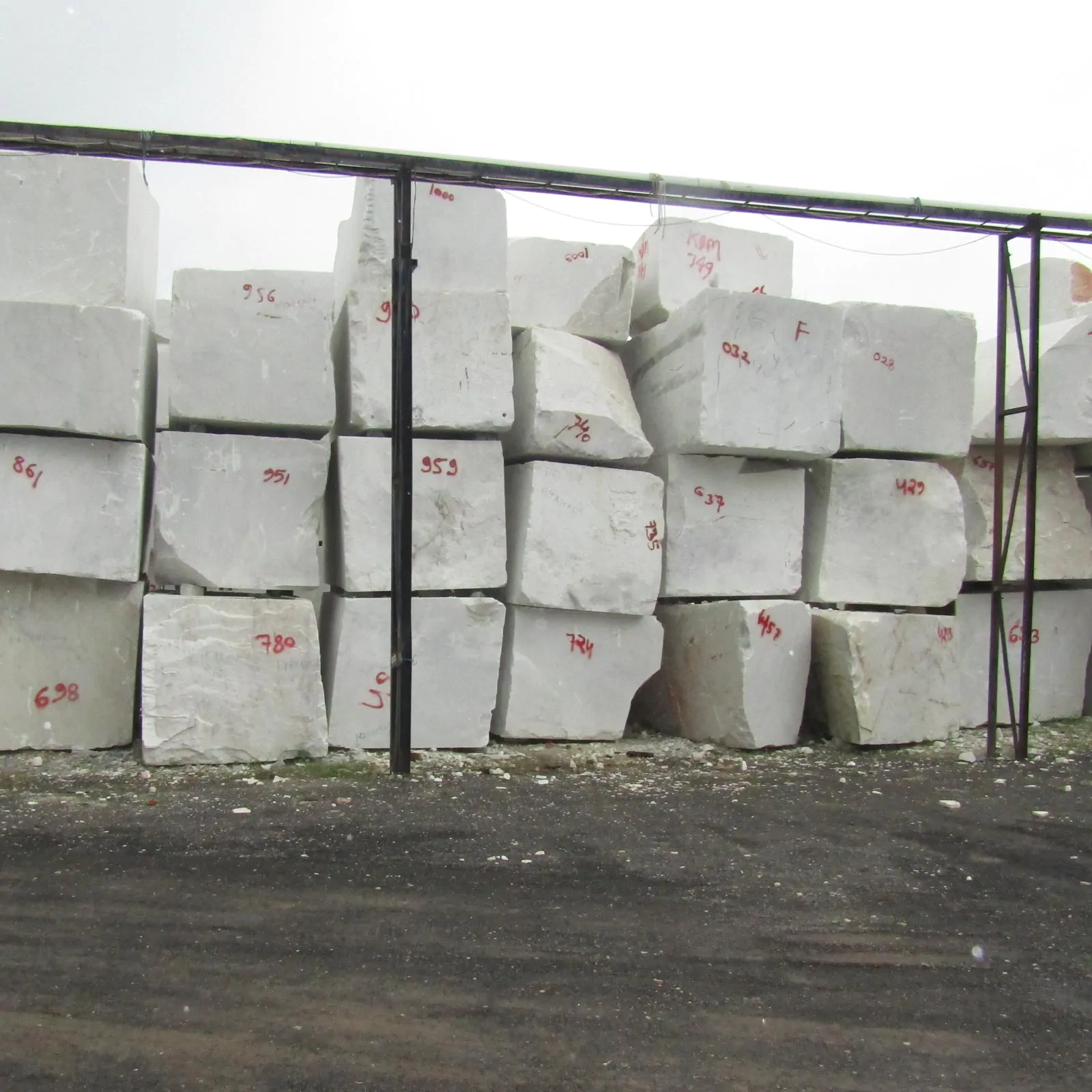
The ecology is significantly impacted by the mining and exploitation of marble done by marble manufacturers. The procedure entails taking precious rock out of underground

Choosing the right countertop for kitchen renovation project is not easy. This is because there are hundreds of options available to choose from like granite,
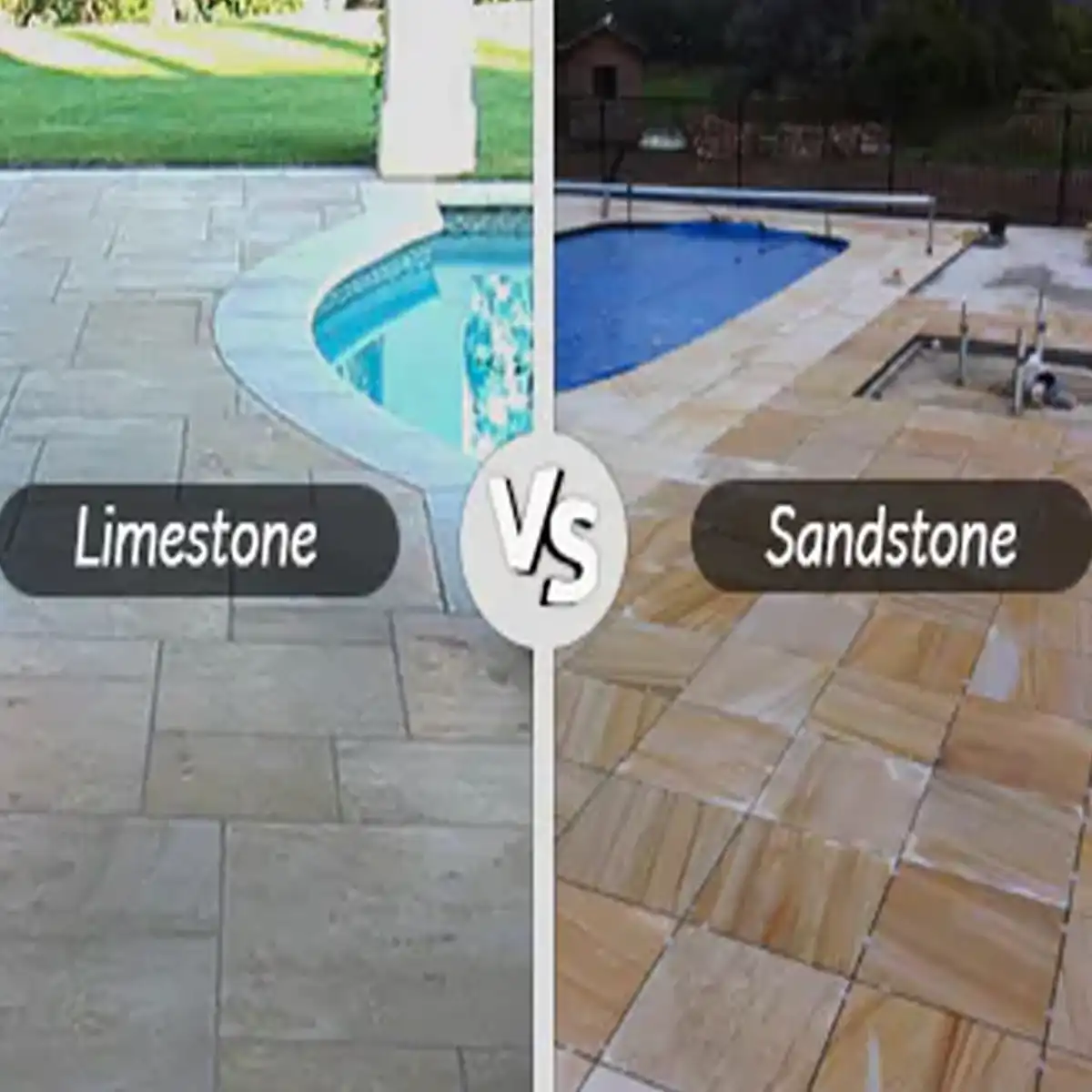
In the field of architecture and construction, sandstone and limestone are one of the most widely popular natural stones among architects and homeowners. Due to
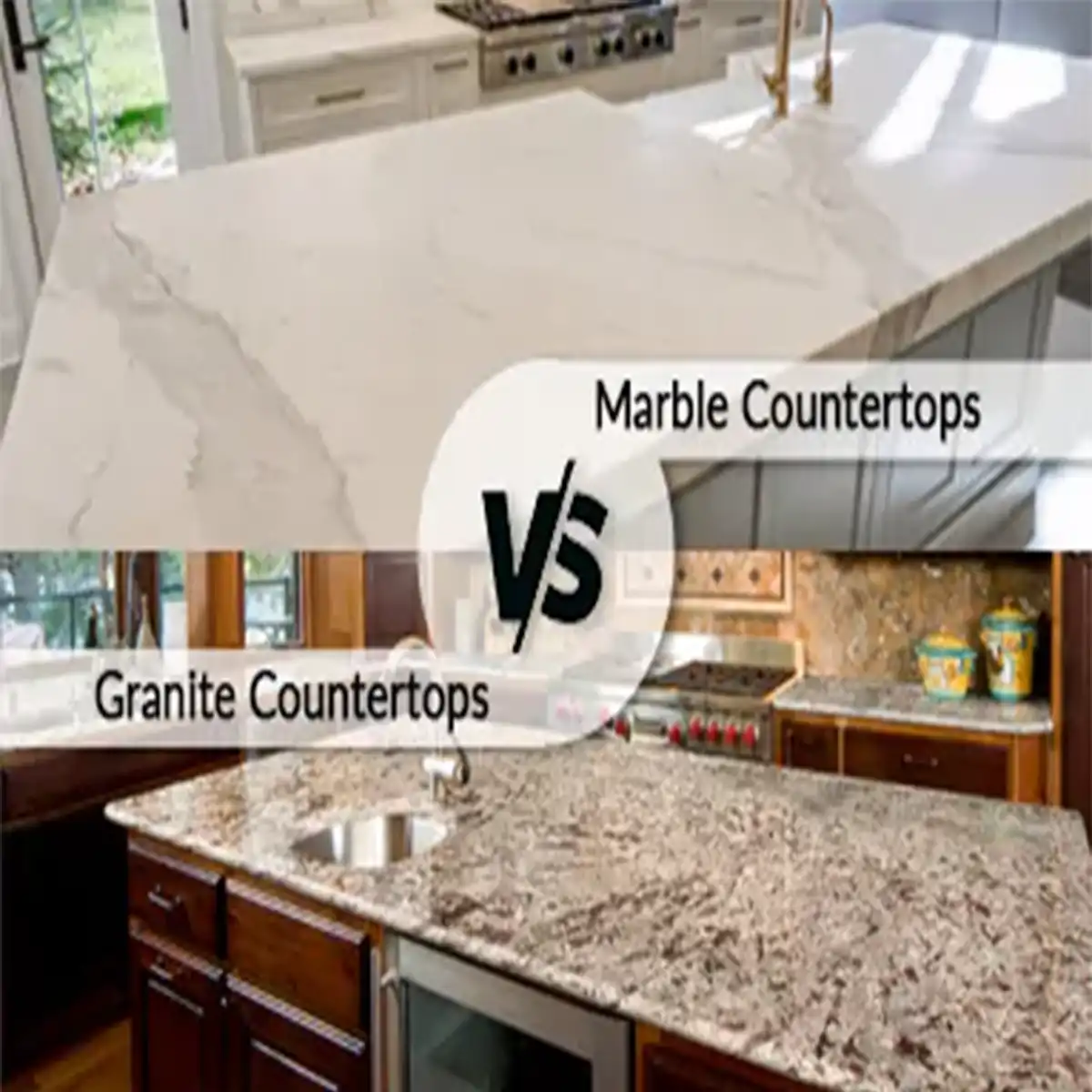
Marble or granite countertops should be chosen carefully since each material has its benefits and drawbacks. Since both materials come in a variety of colors
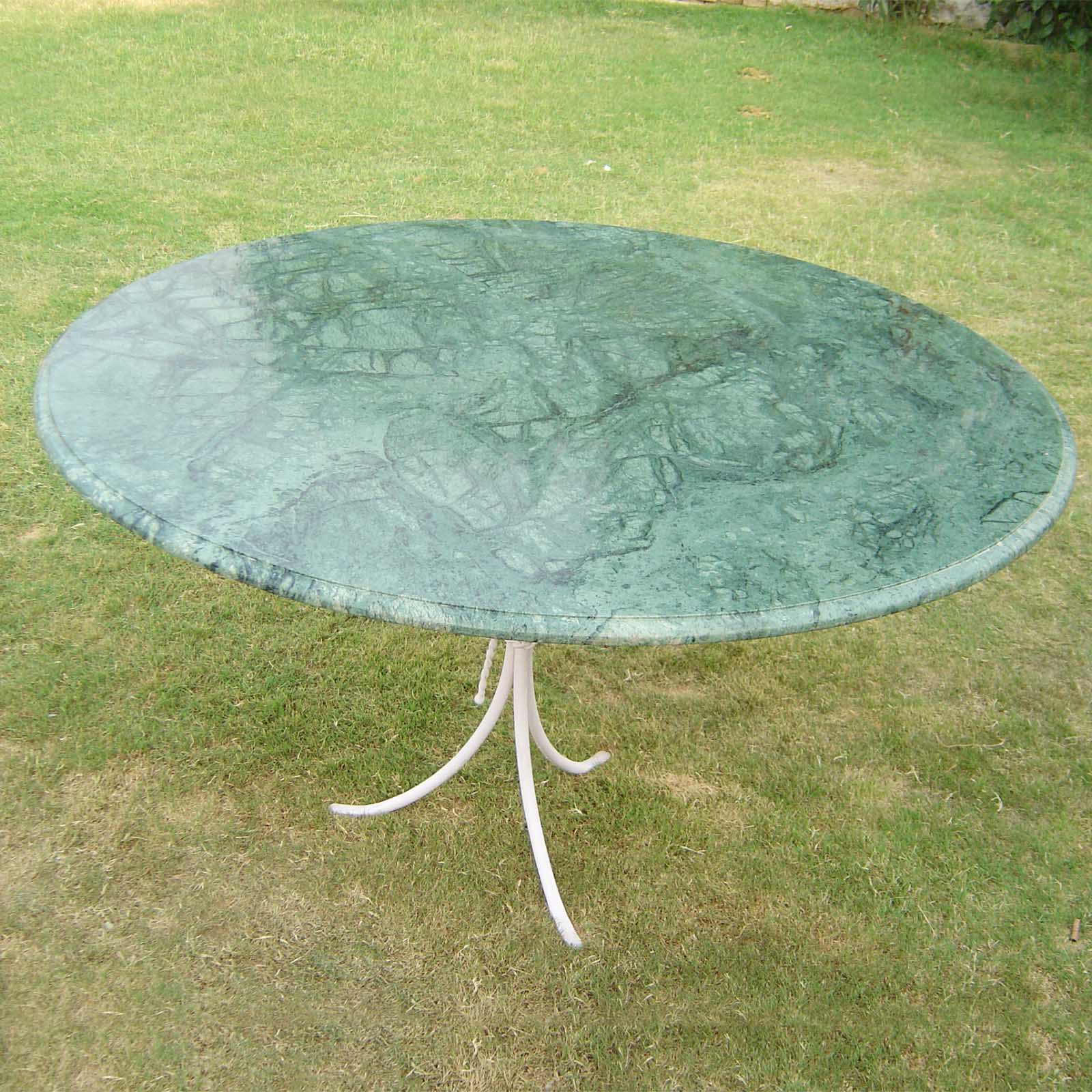
When deciding which stones are suitable for use in construction, marble consistently ranks among the finest. Understand why? Its unique beauty provides it an edge
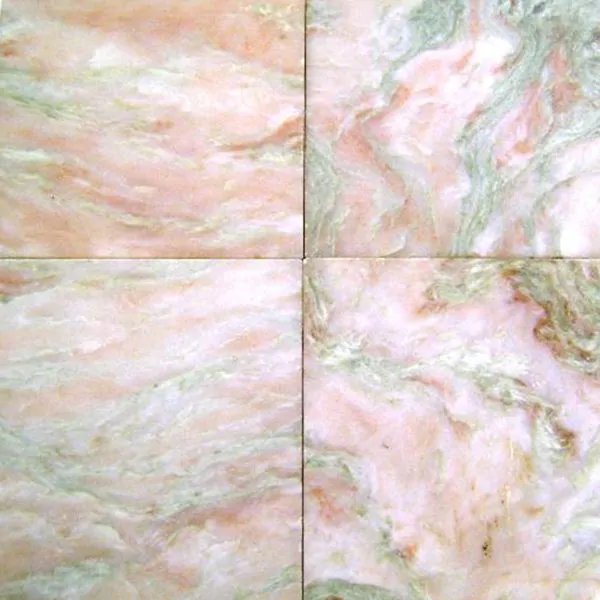
When it comes to awarding beauty and versatility to any space in an exciting way, marble emerges as a go-to natural stone that has been
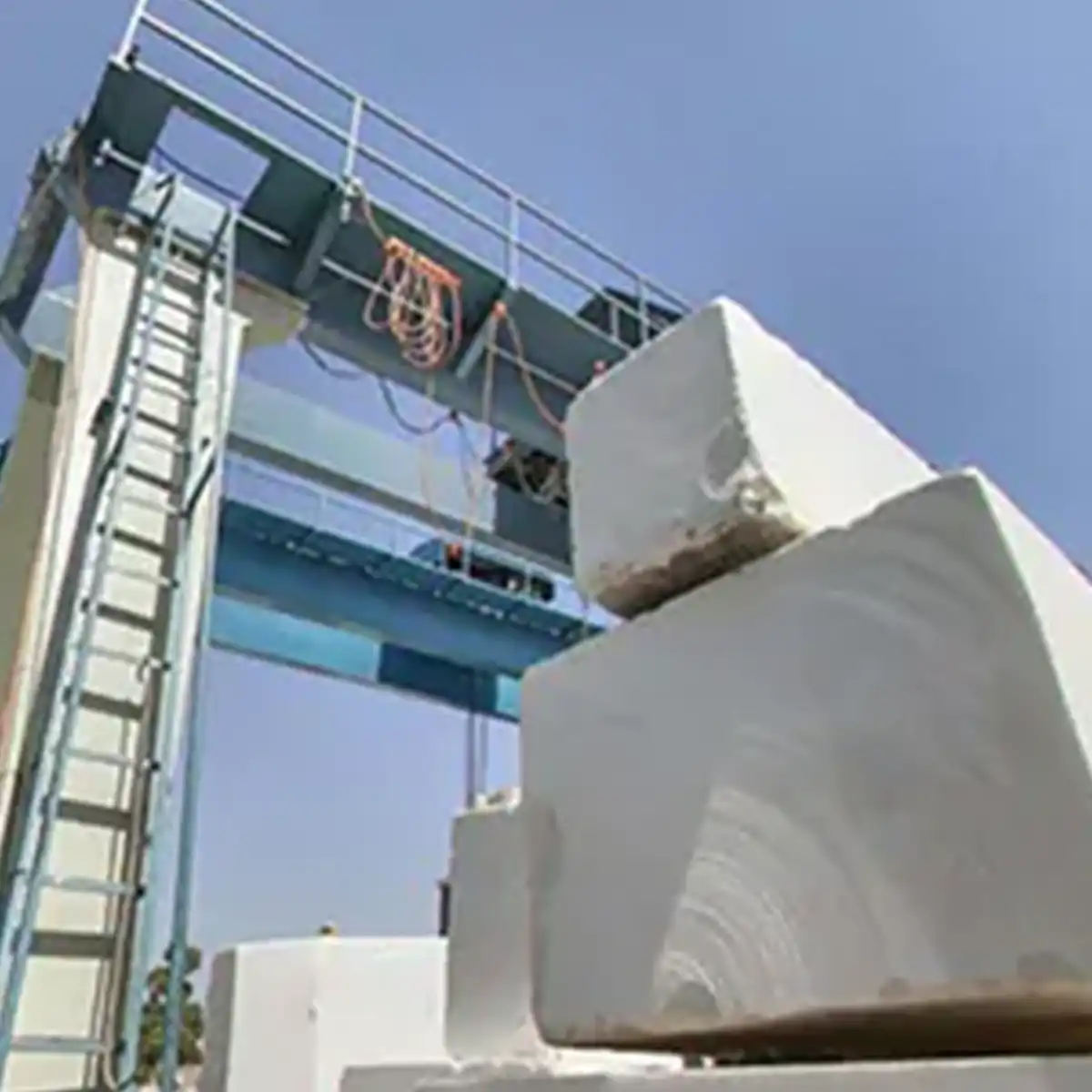
Marble is a worldwide natural stone that has long been regarded as the most loved and precious construction material in the whole world, from the
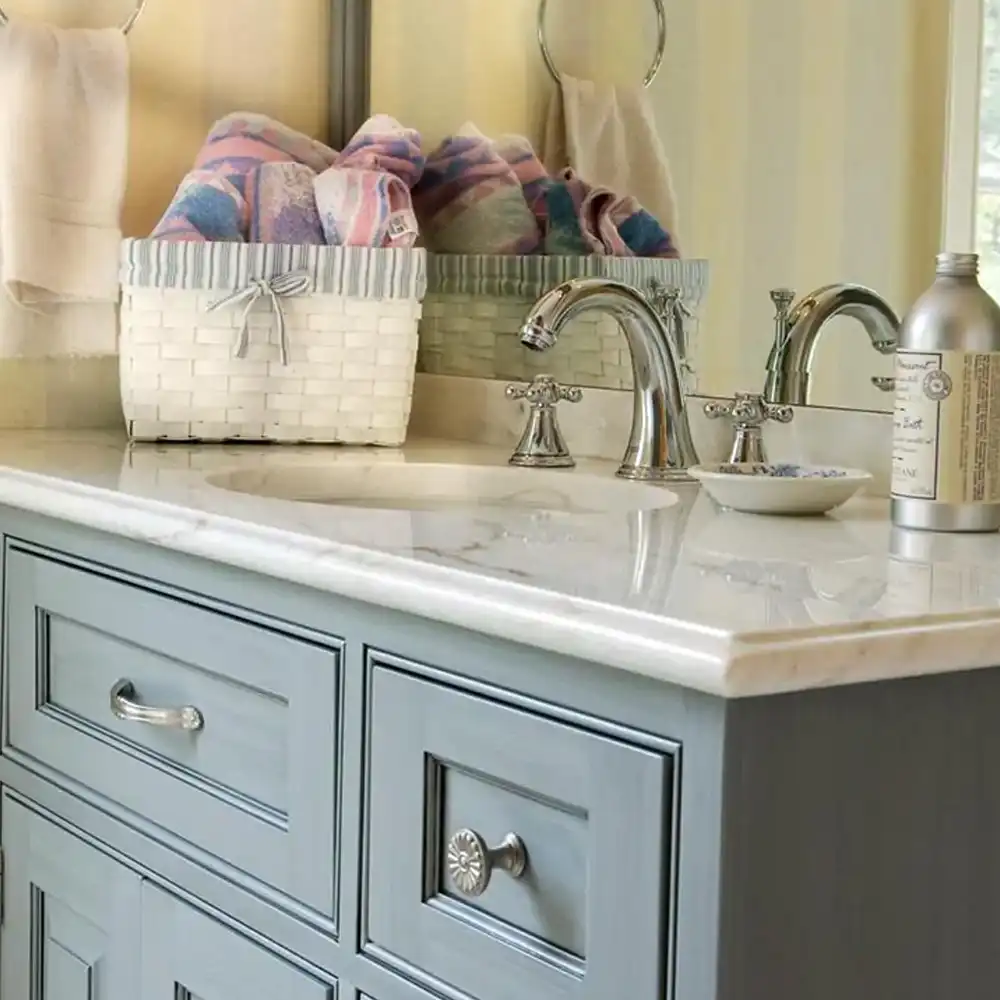
The use of marble in architecture is nothing new as it has been a material of choce for many architects and construction companies worldwide. Thanks
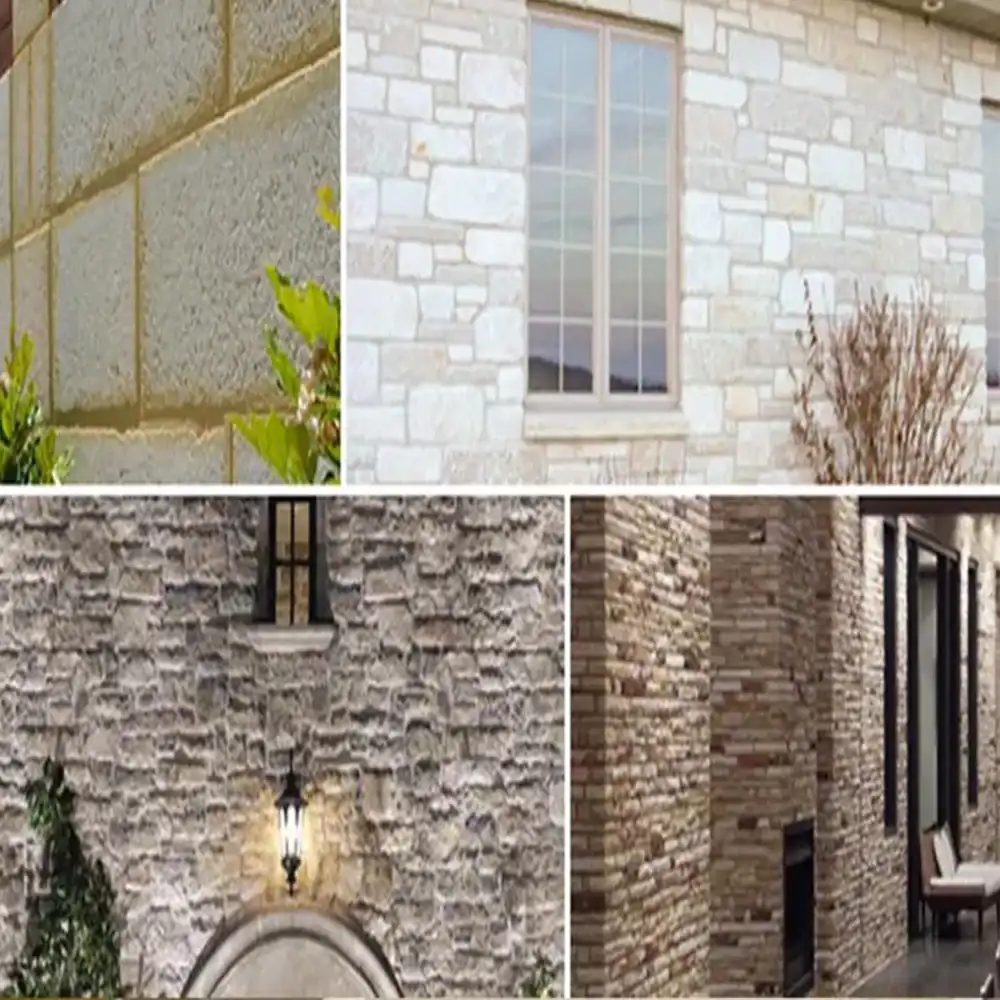
Limestone refers to a sedimentary stone that is predominantly discovered in tropical and partially subtropical locations of shallow water between 30° north and 30° south
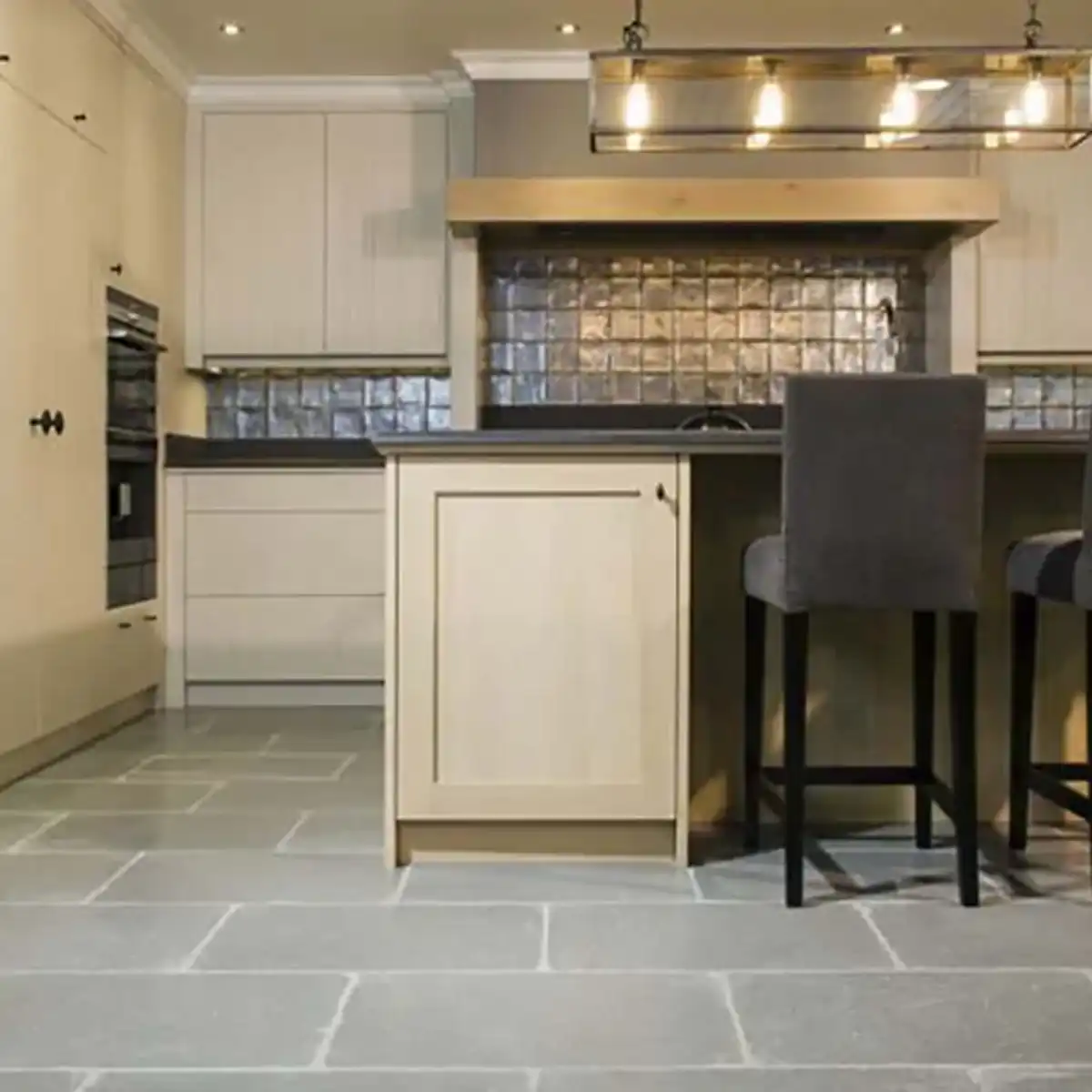
The use of limestone in architecture is nothing new as this beautiful natural stone is being in both residential and commercial structures worldwide. Primarily used
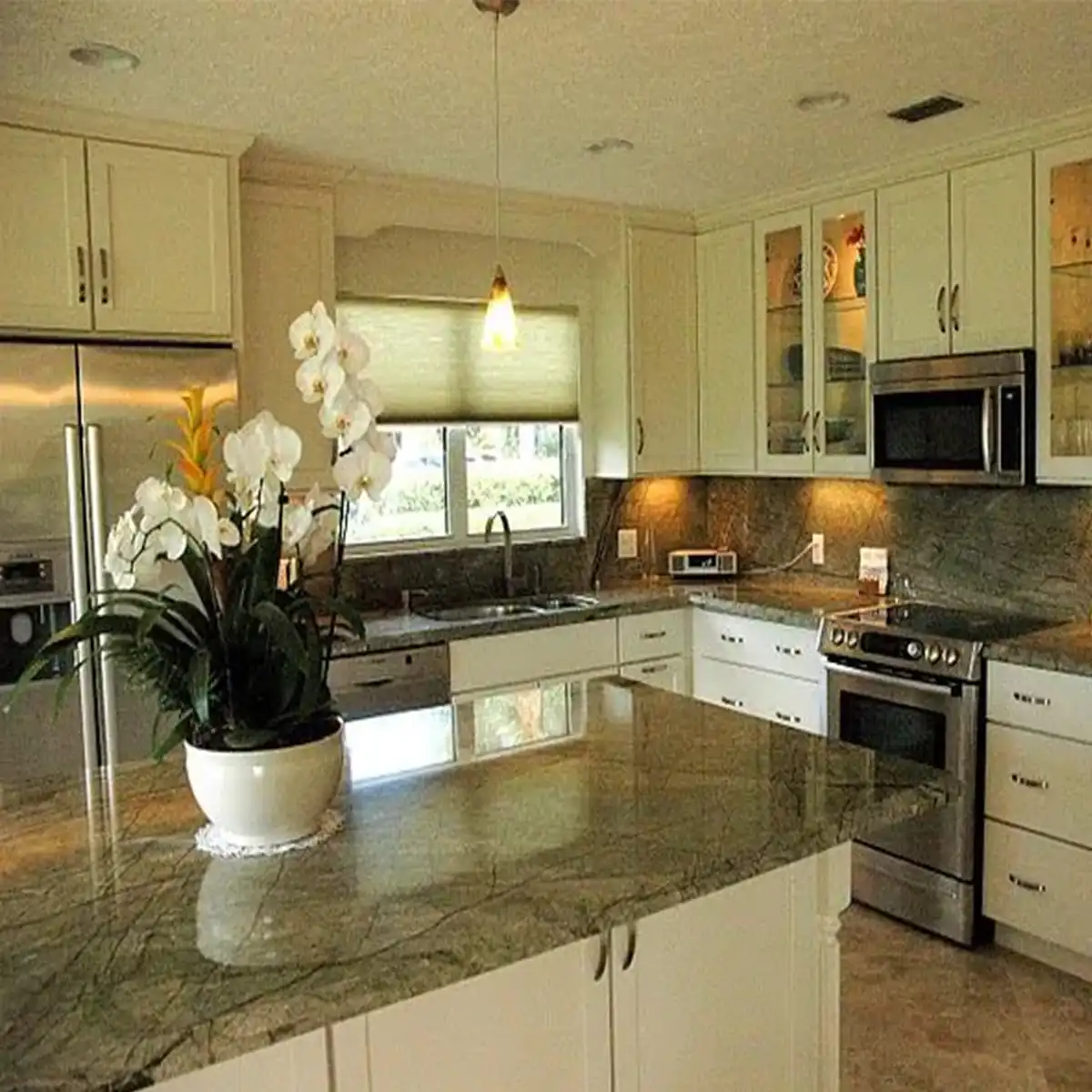
Since the introduction of granite countertops in the architecture industry, it has become the top-most choice of natural stone fabricators and architects worldwide. But what
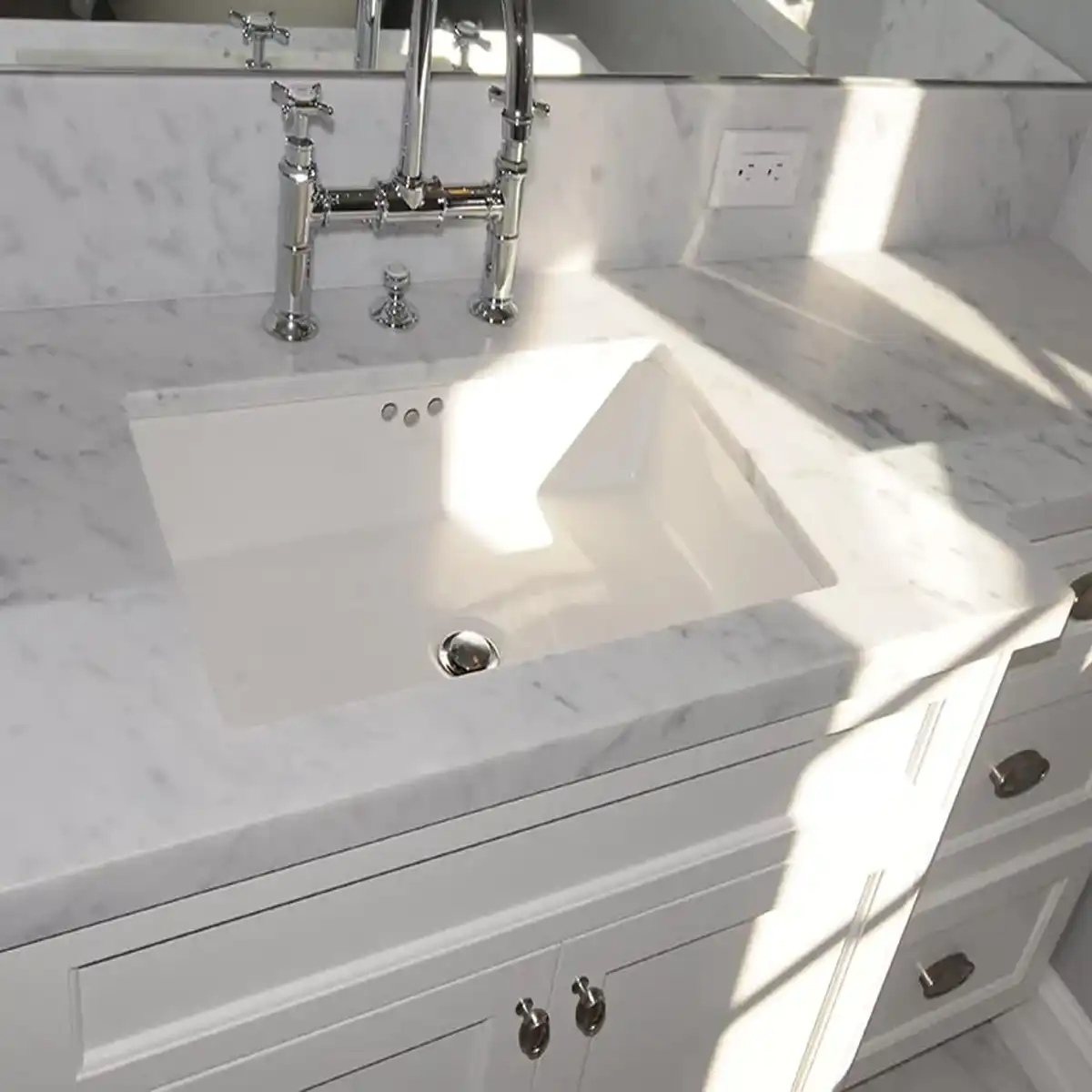
For several years, marble has established itself as one of the most eclectic, pure, and sensual natural stones available for architectural purposes. Even though marble
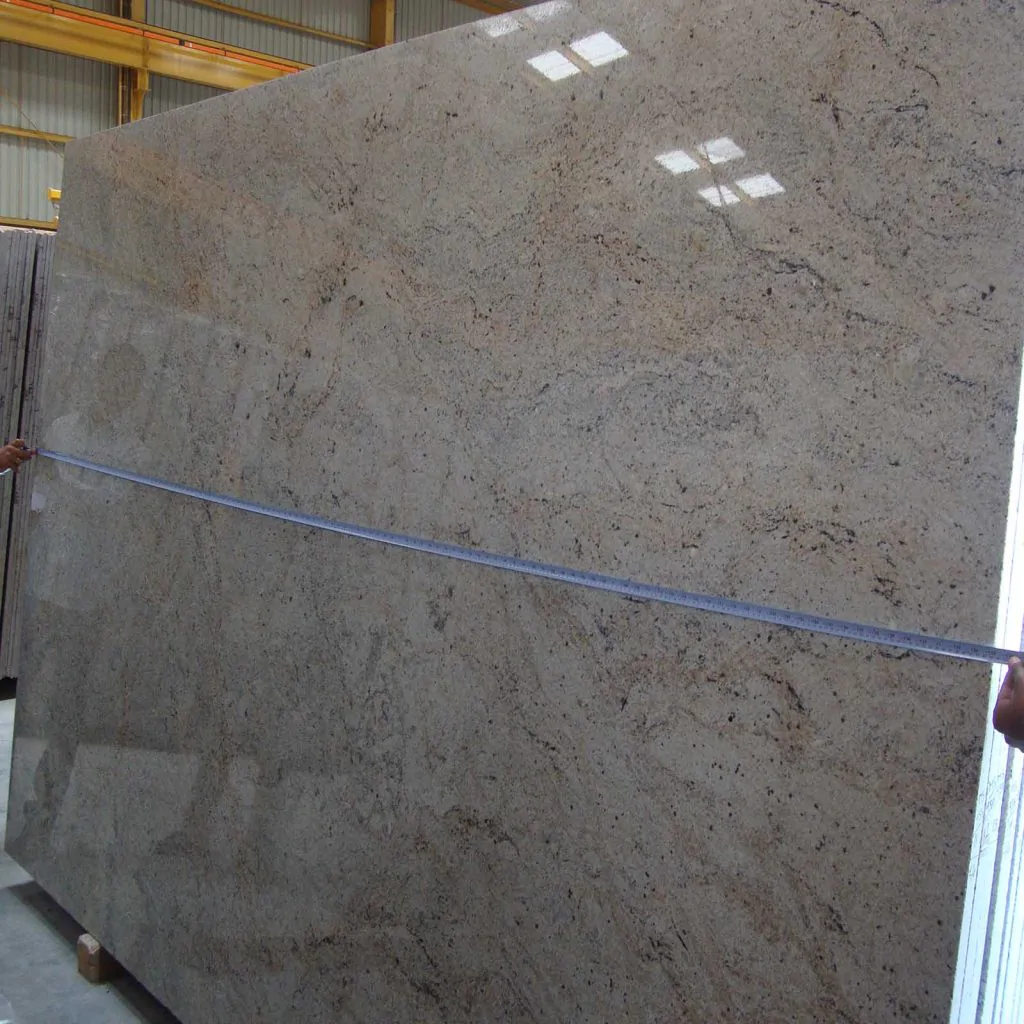
In today’s times of dynamic architectural landscape, fantasy brown is a prominent name in the field of natural stones. This natural stone is distinguished by